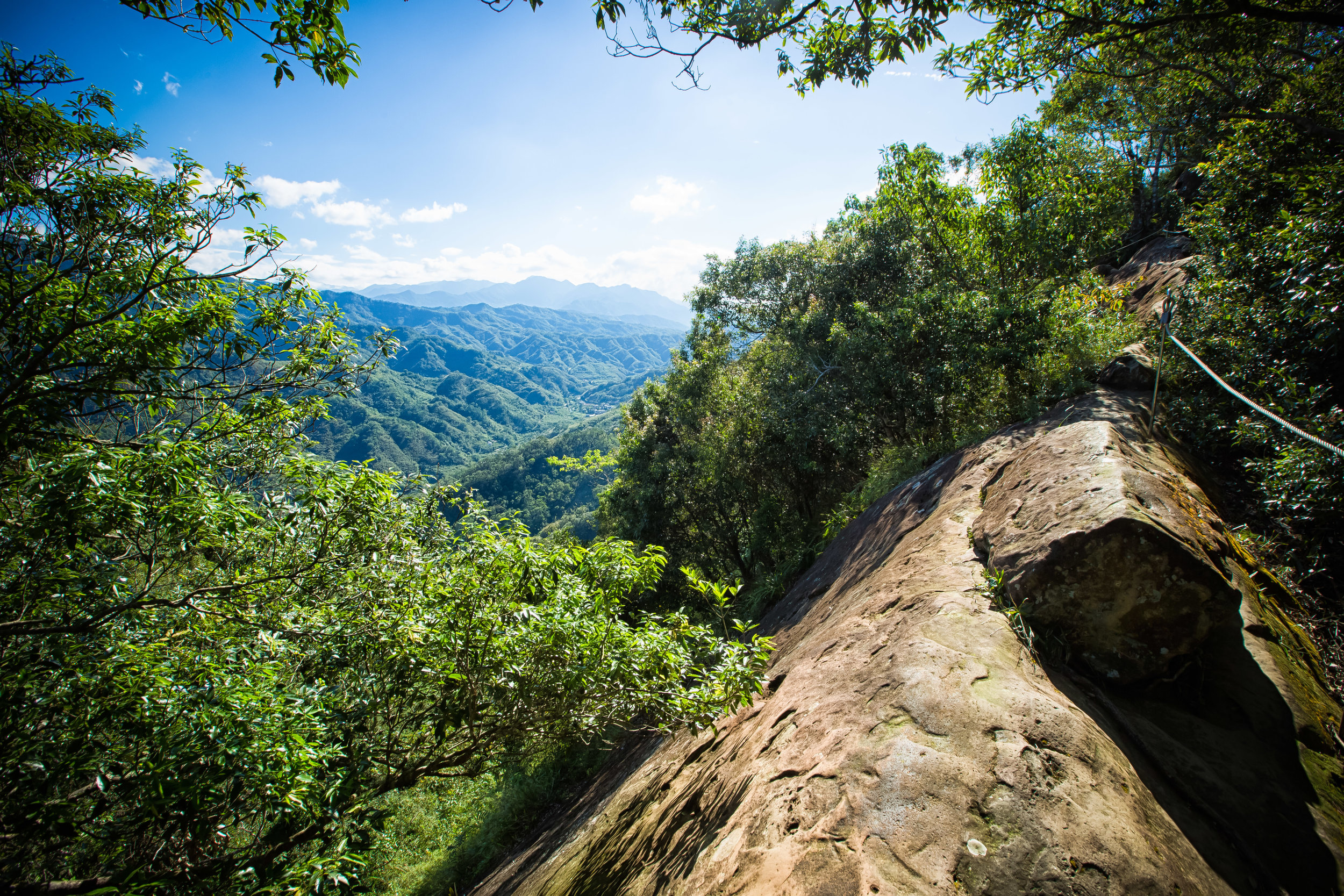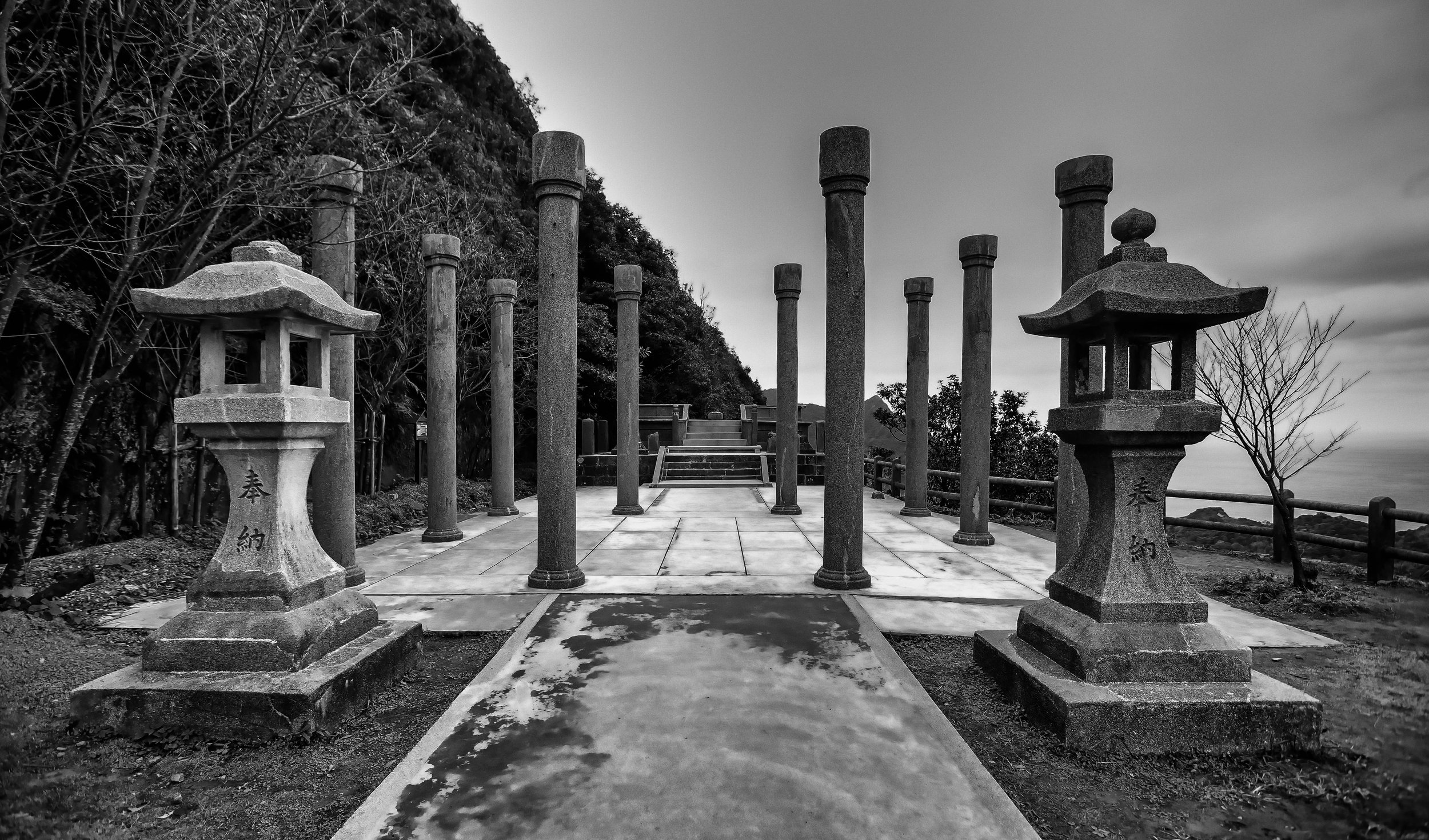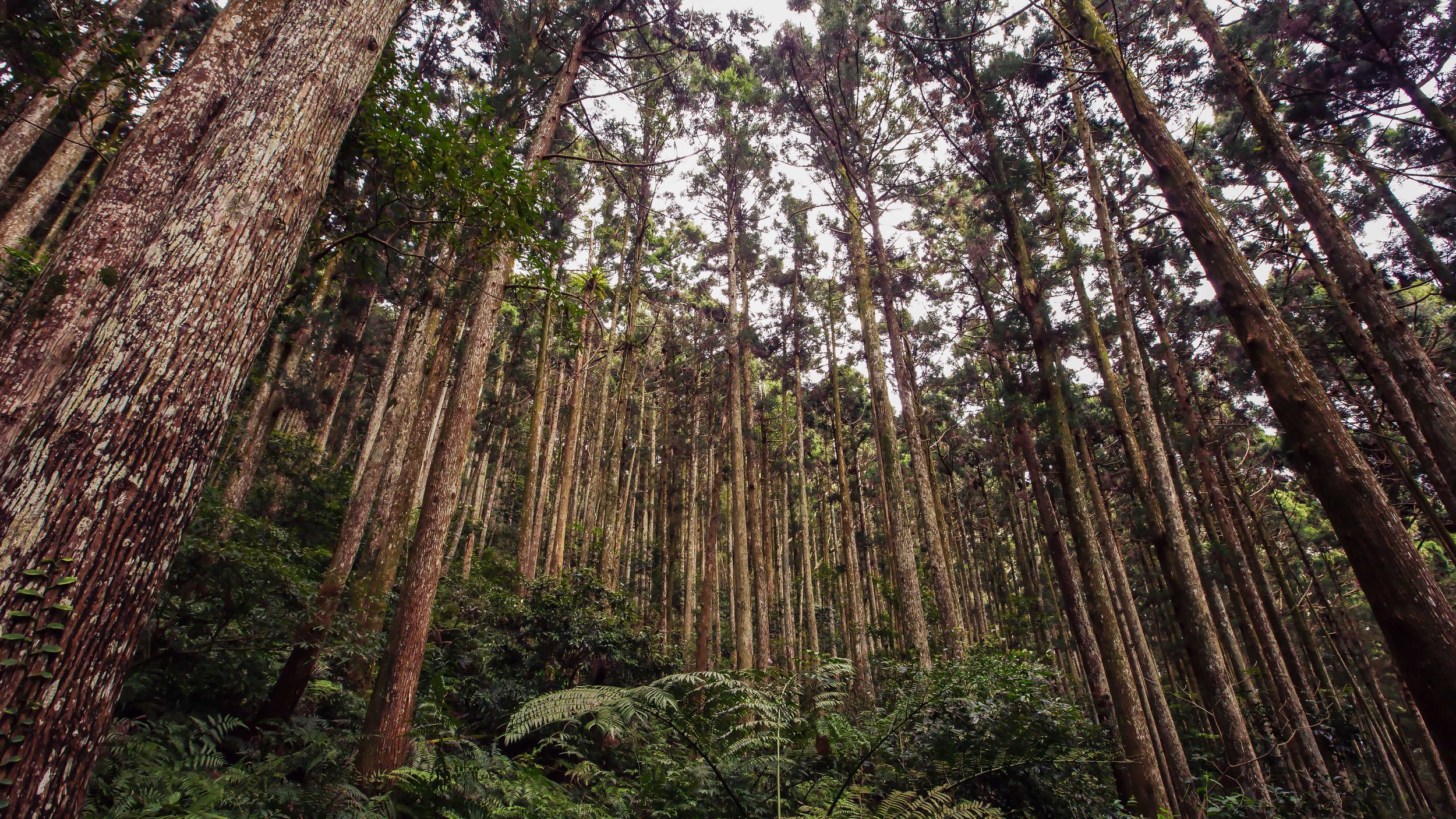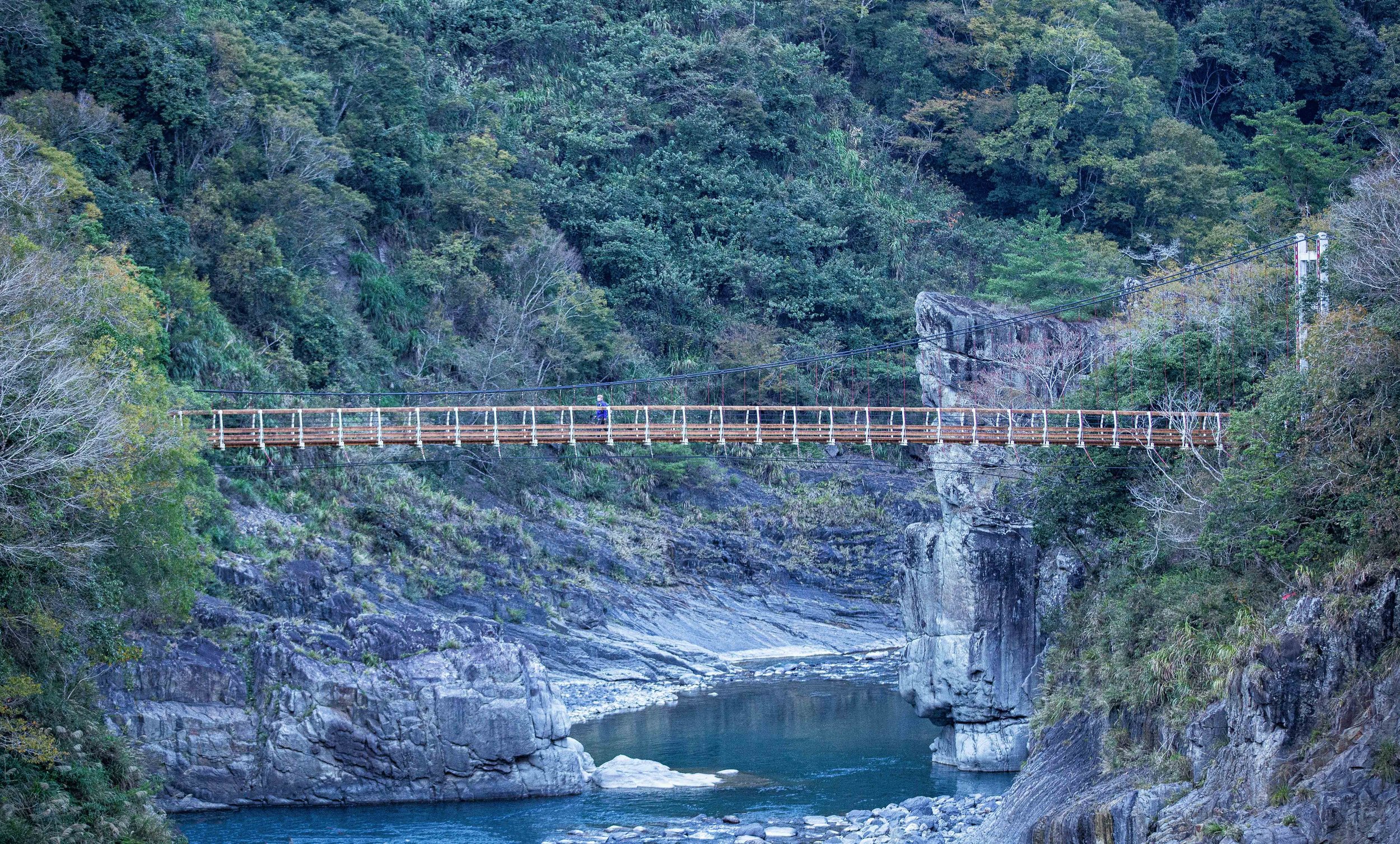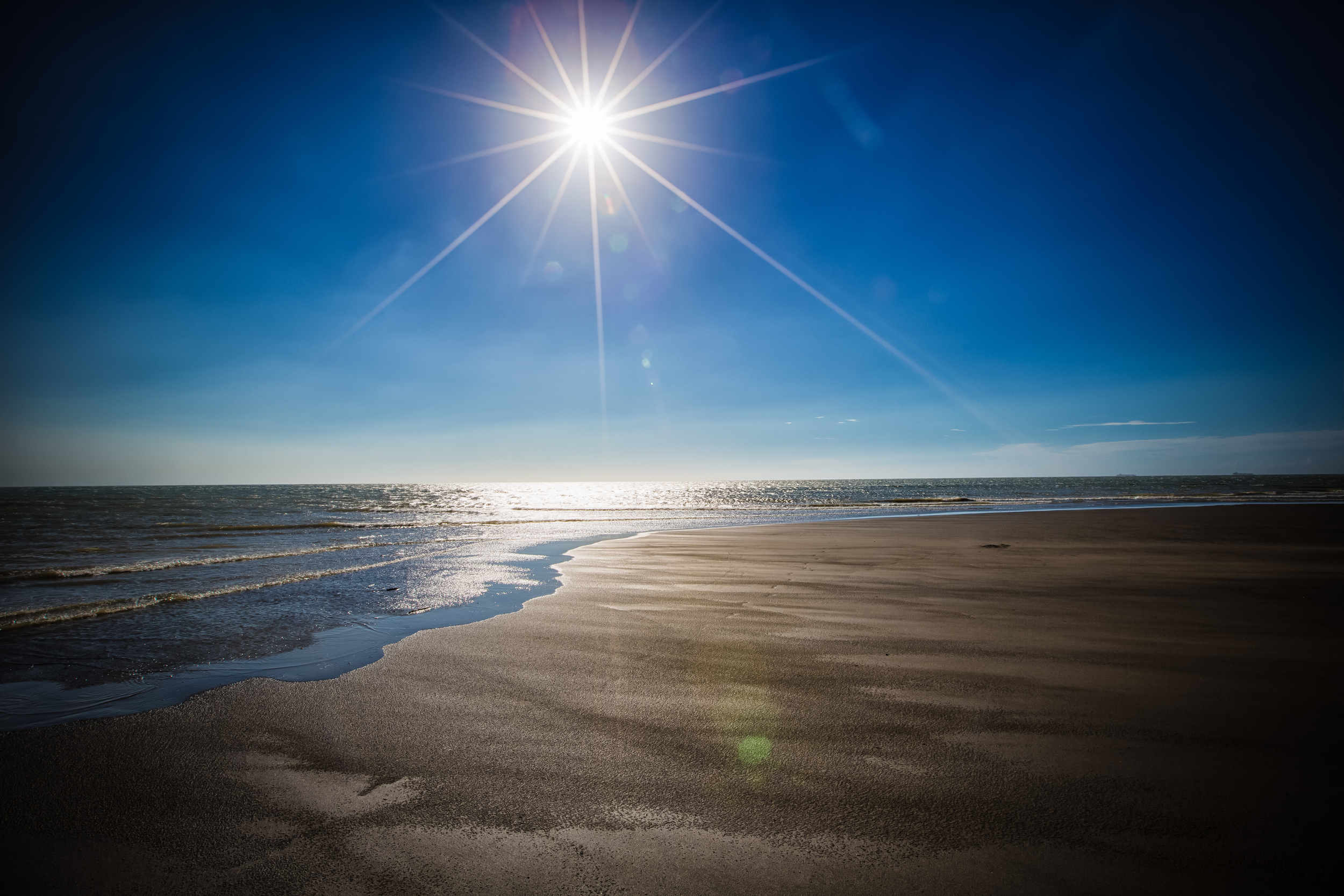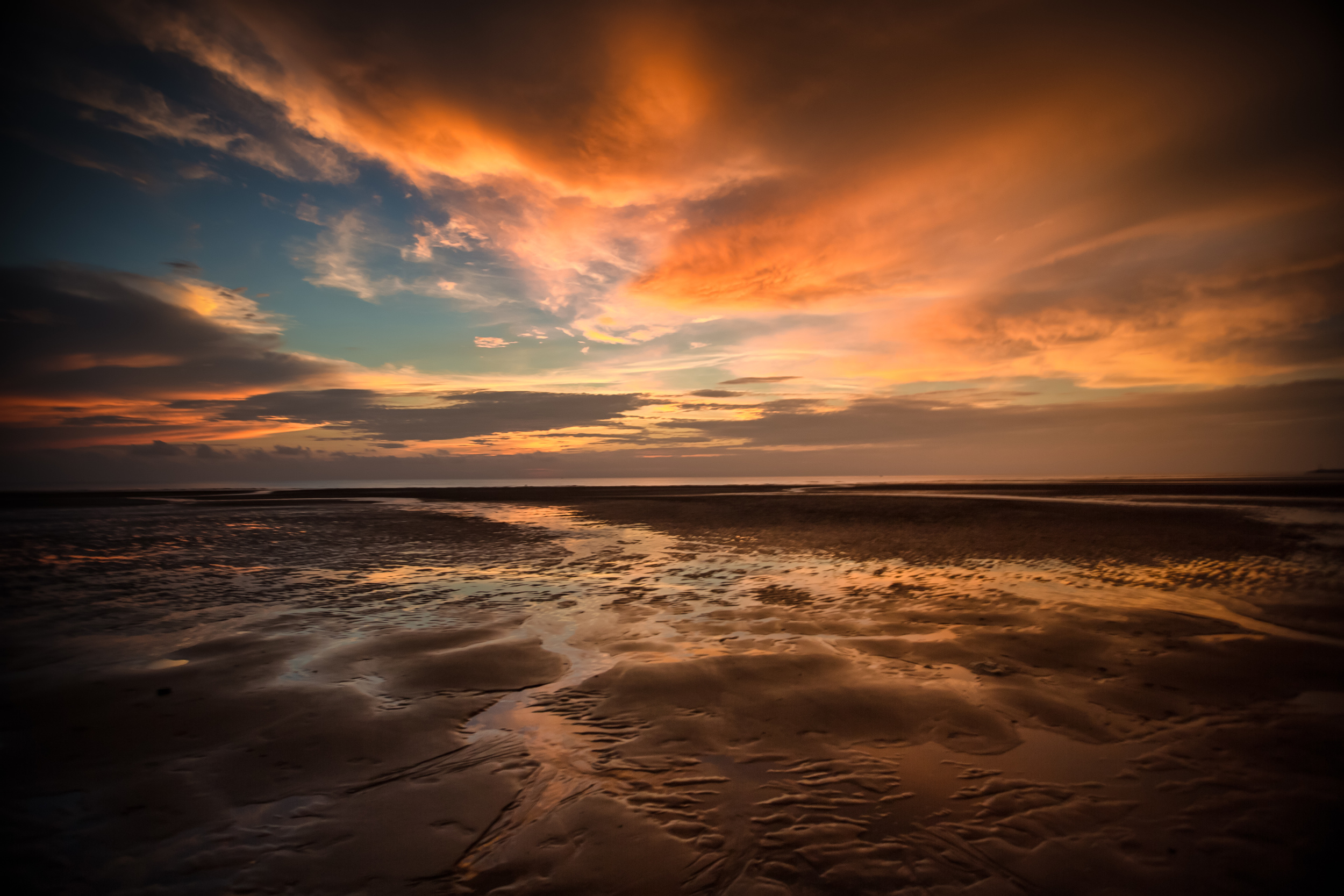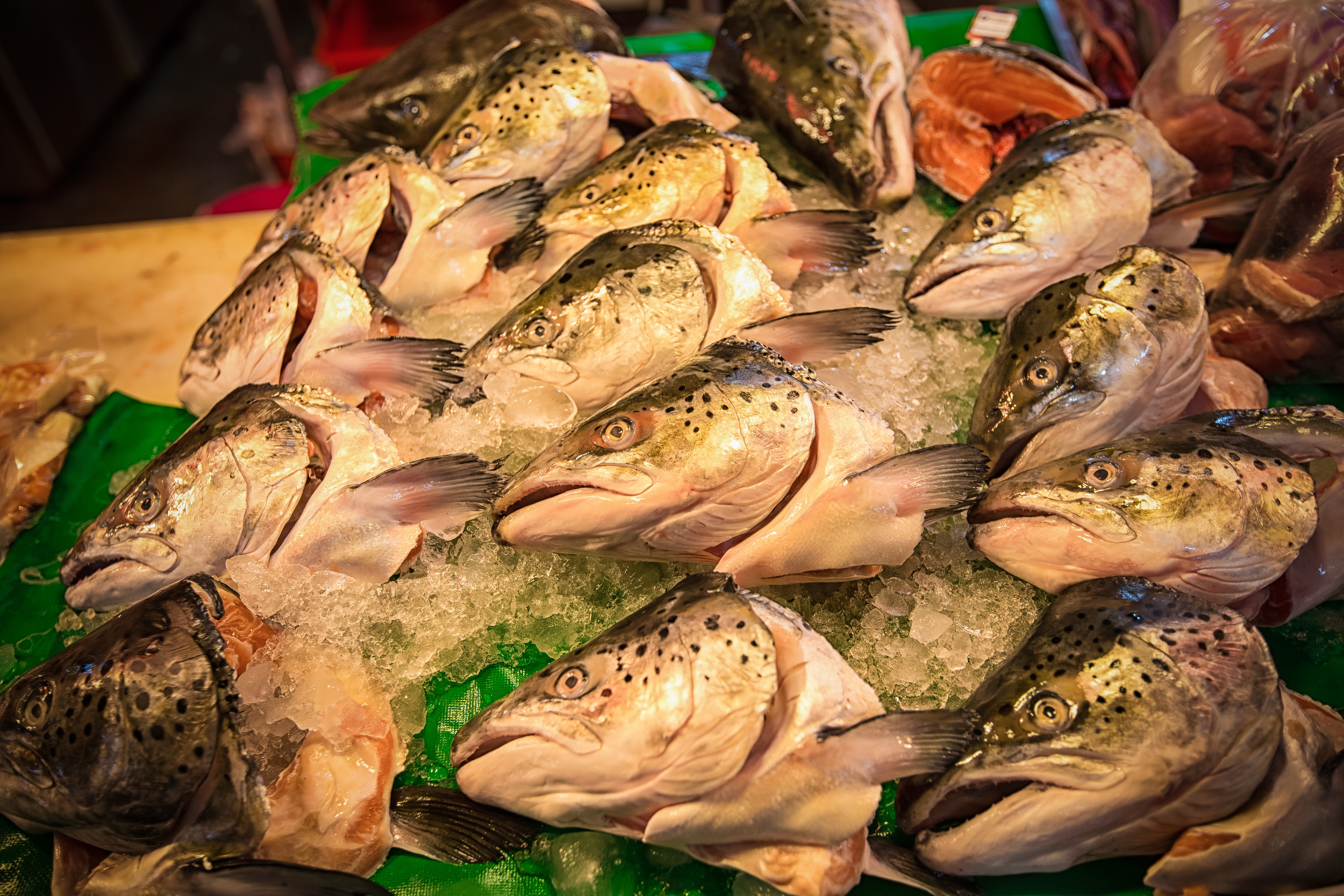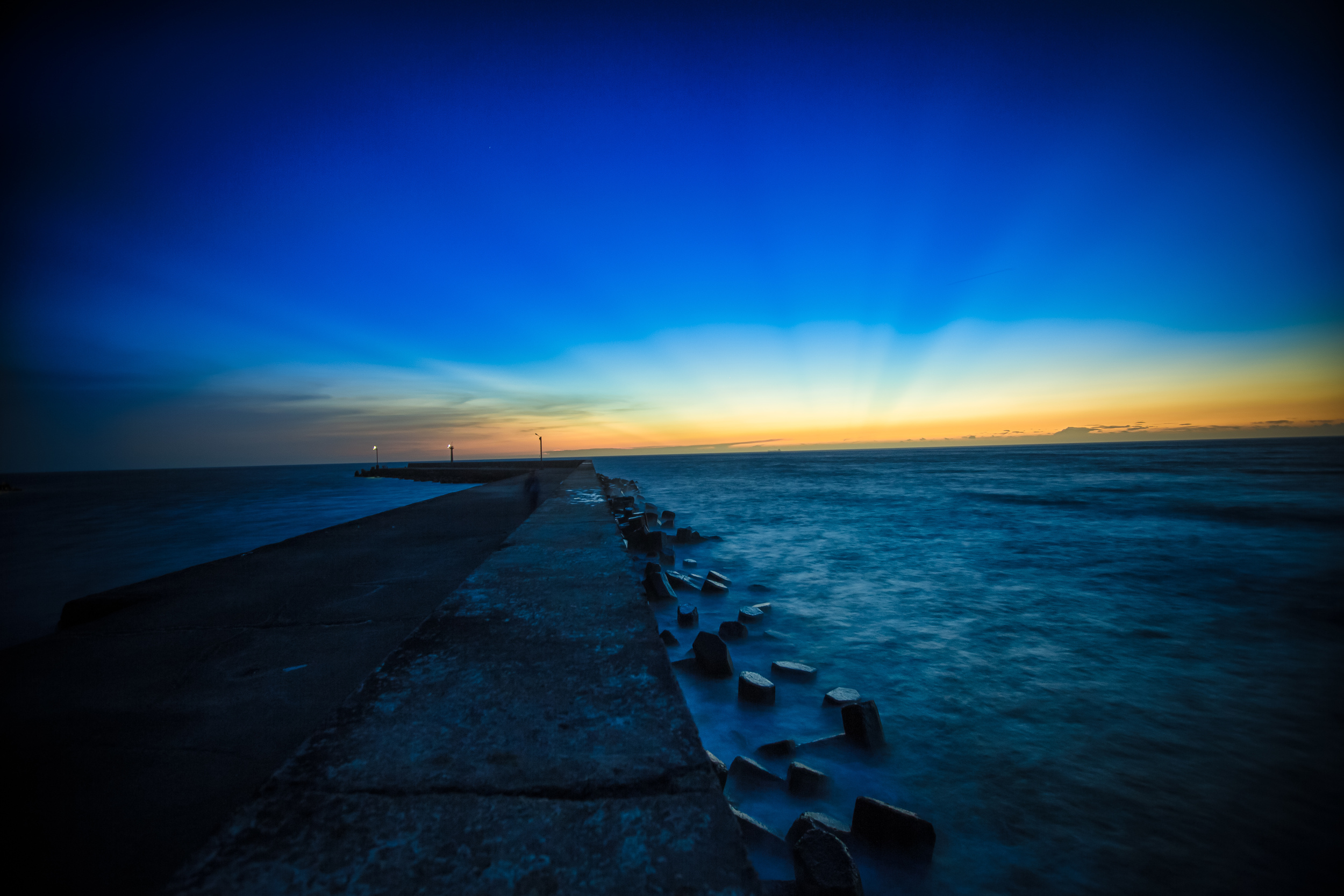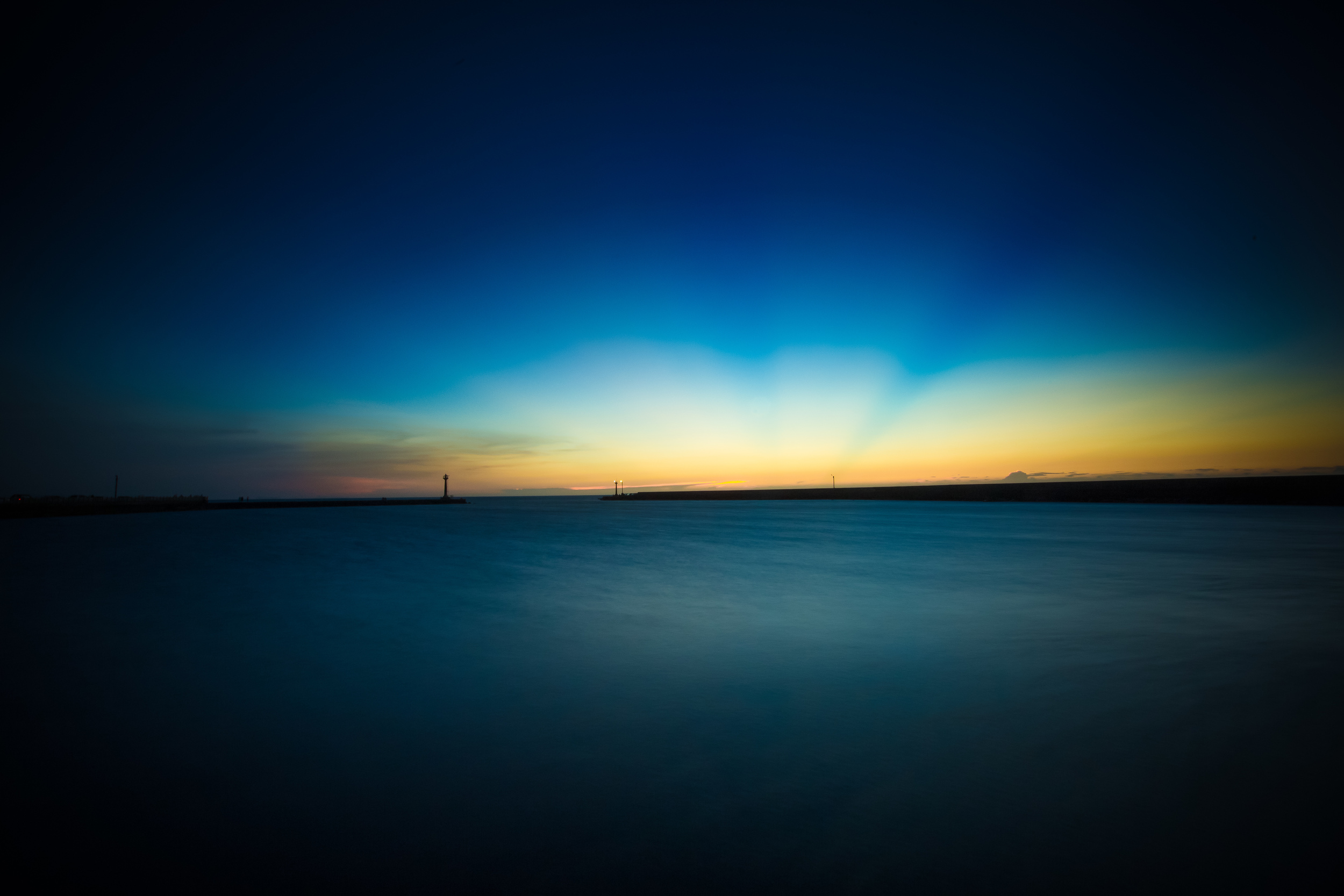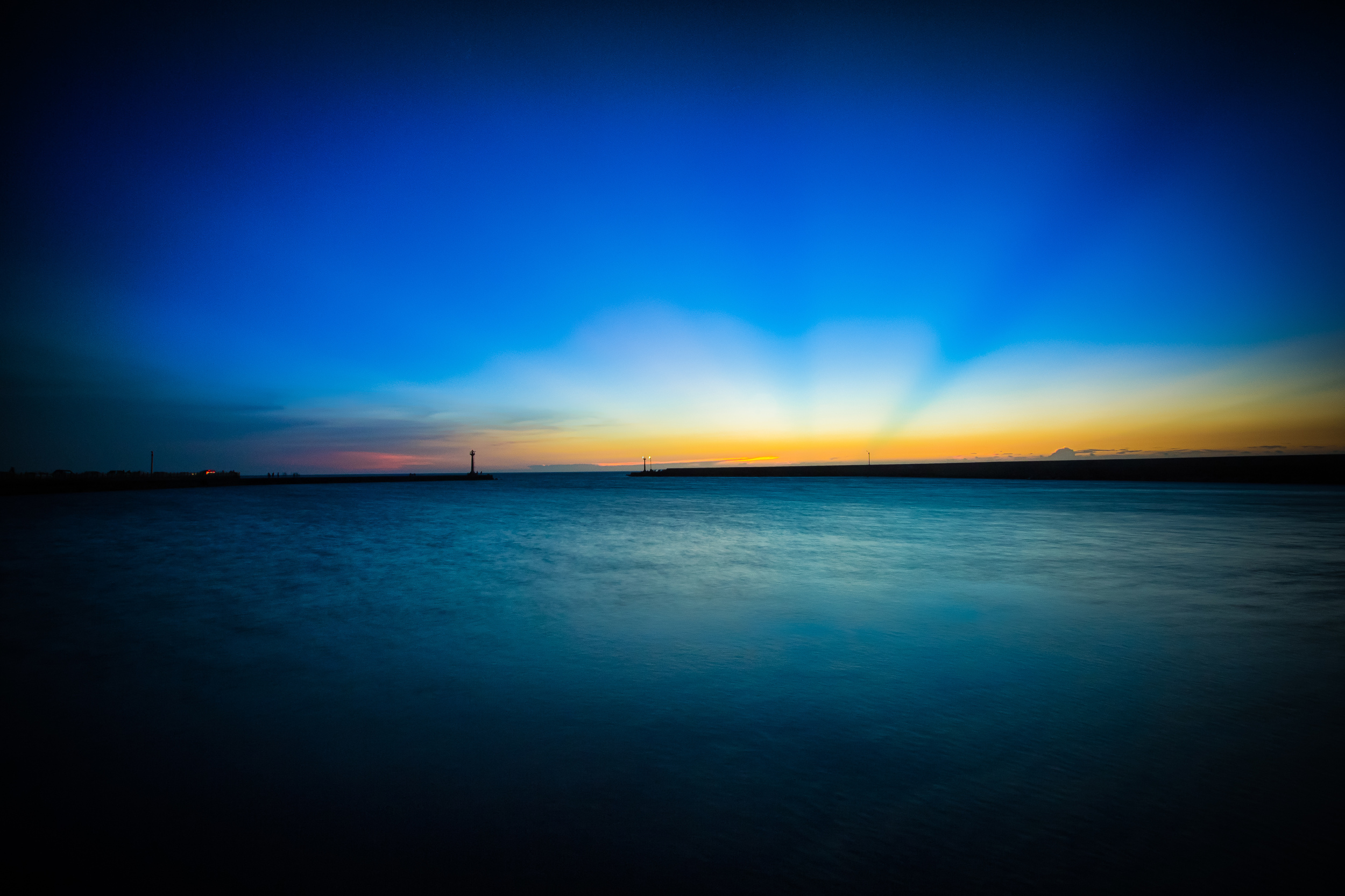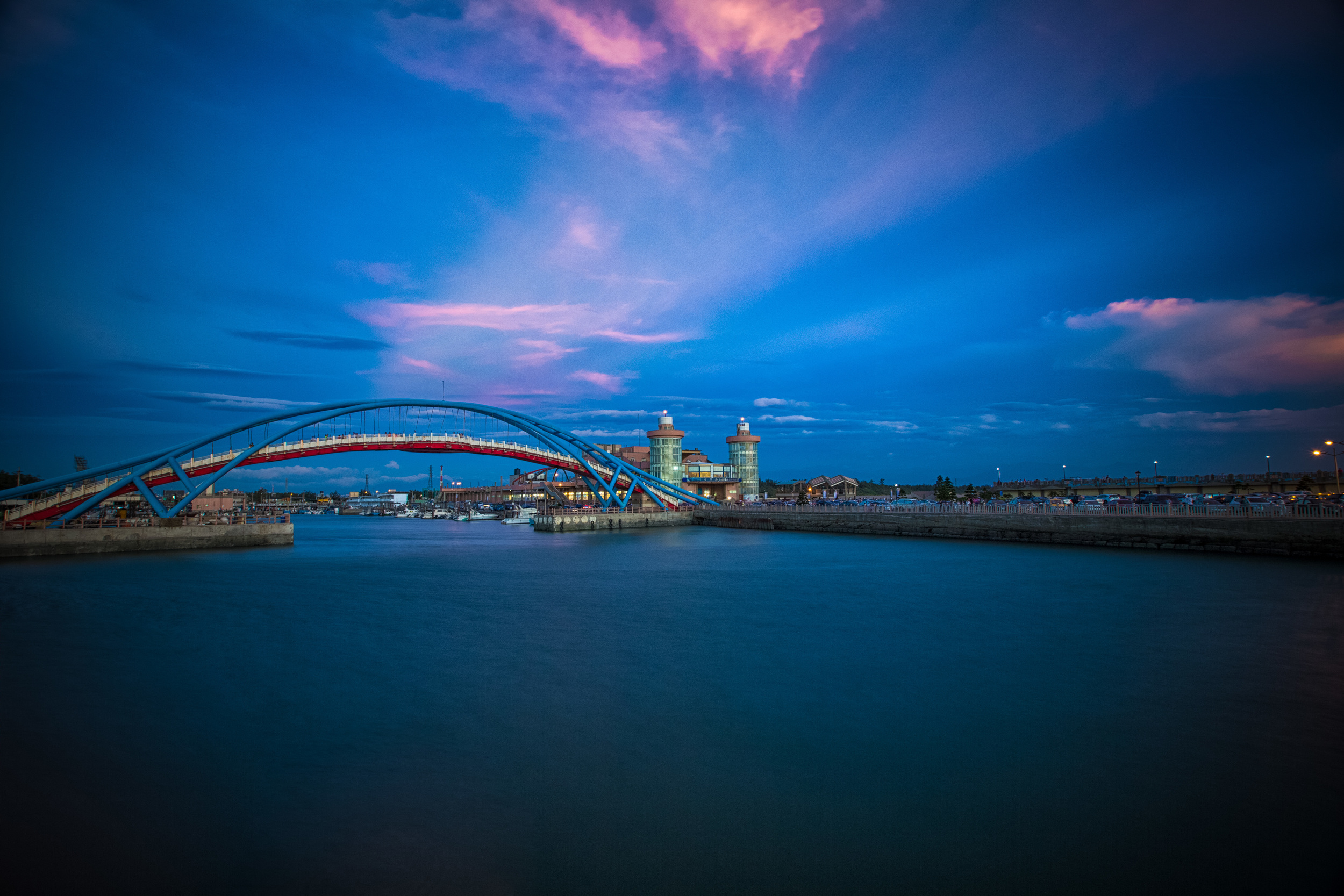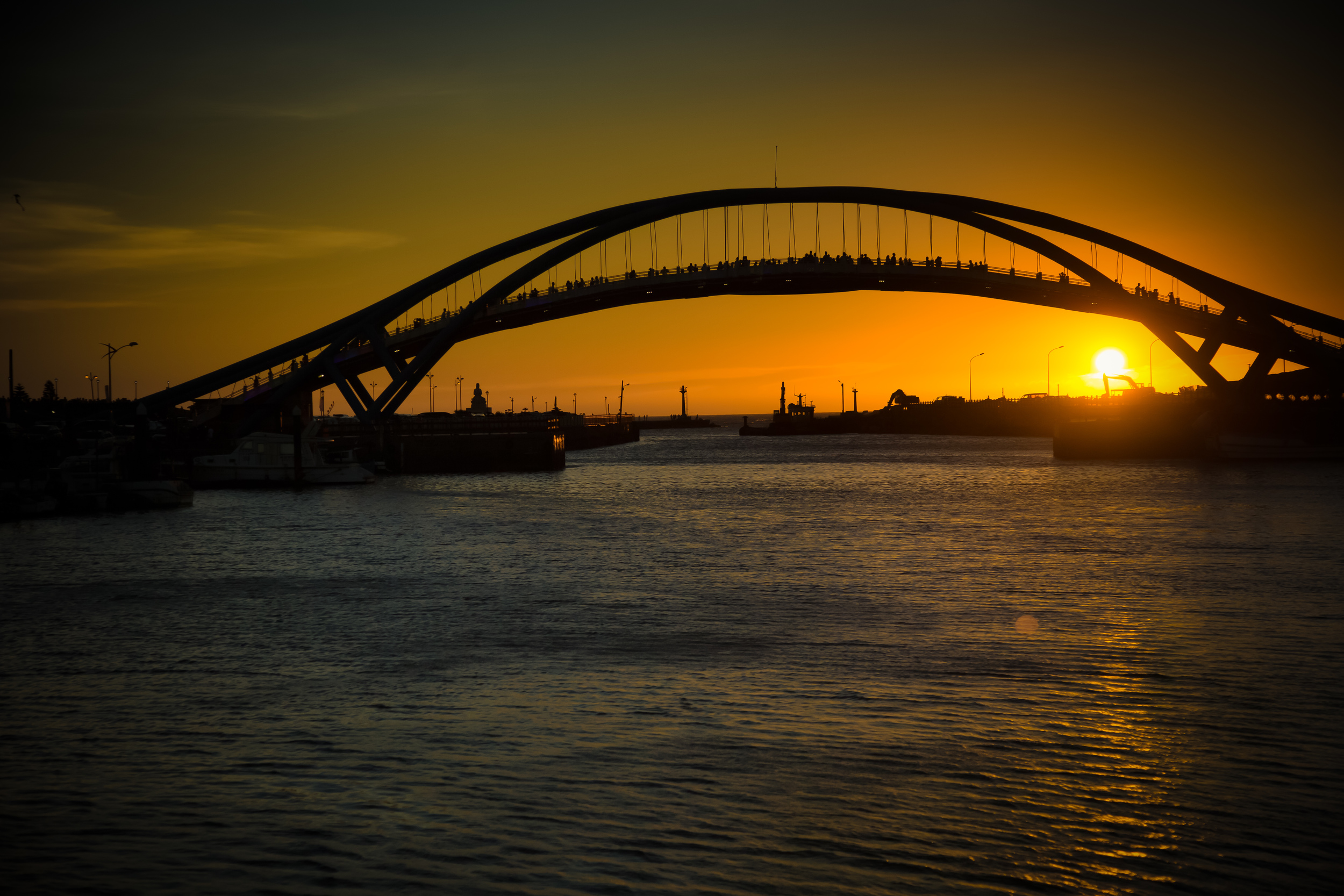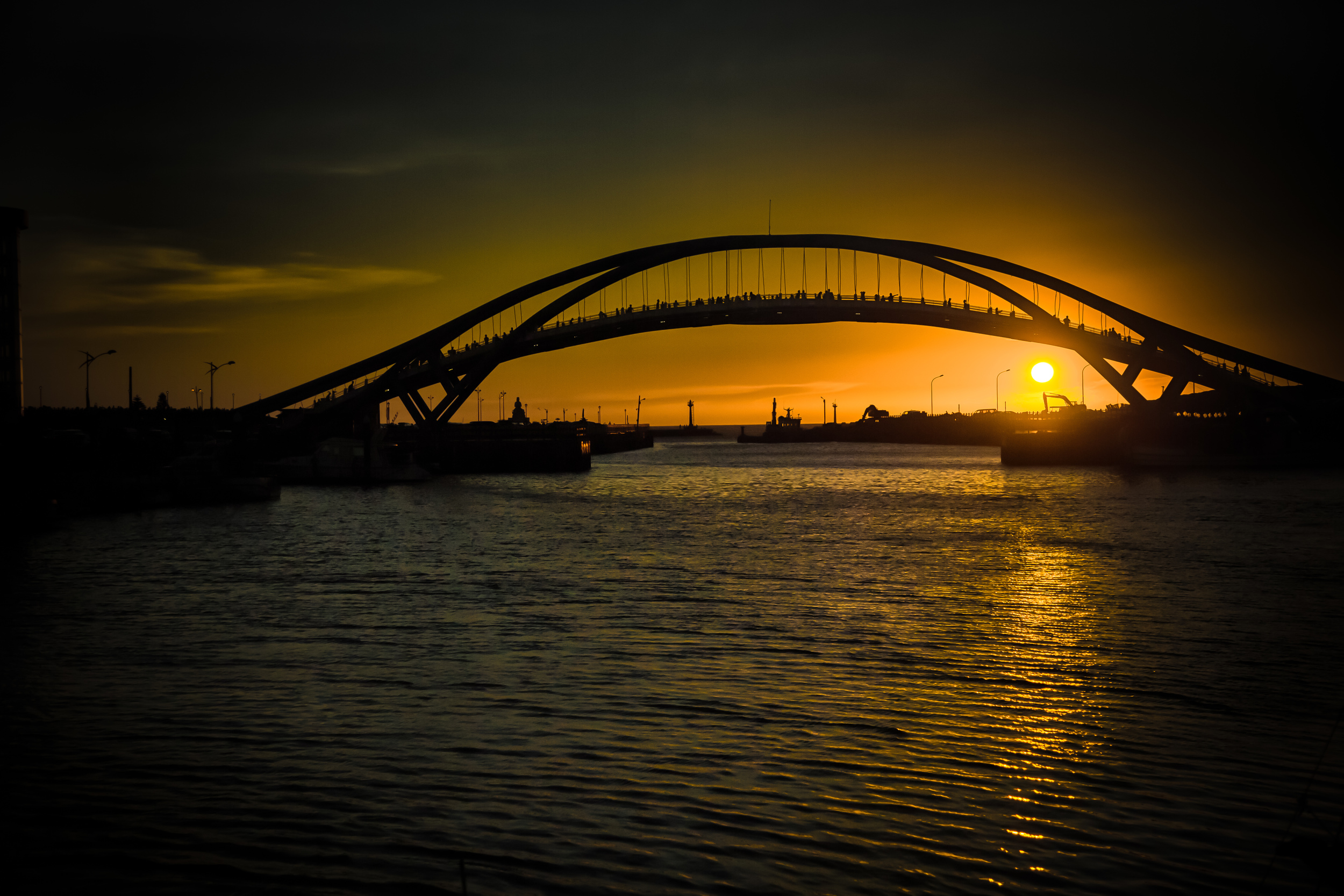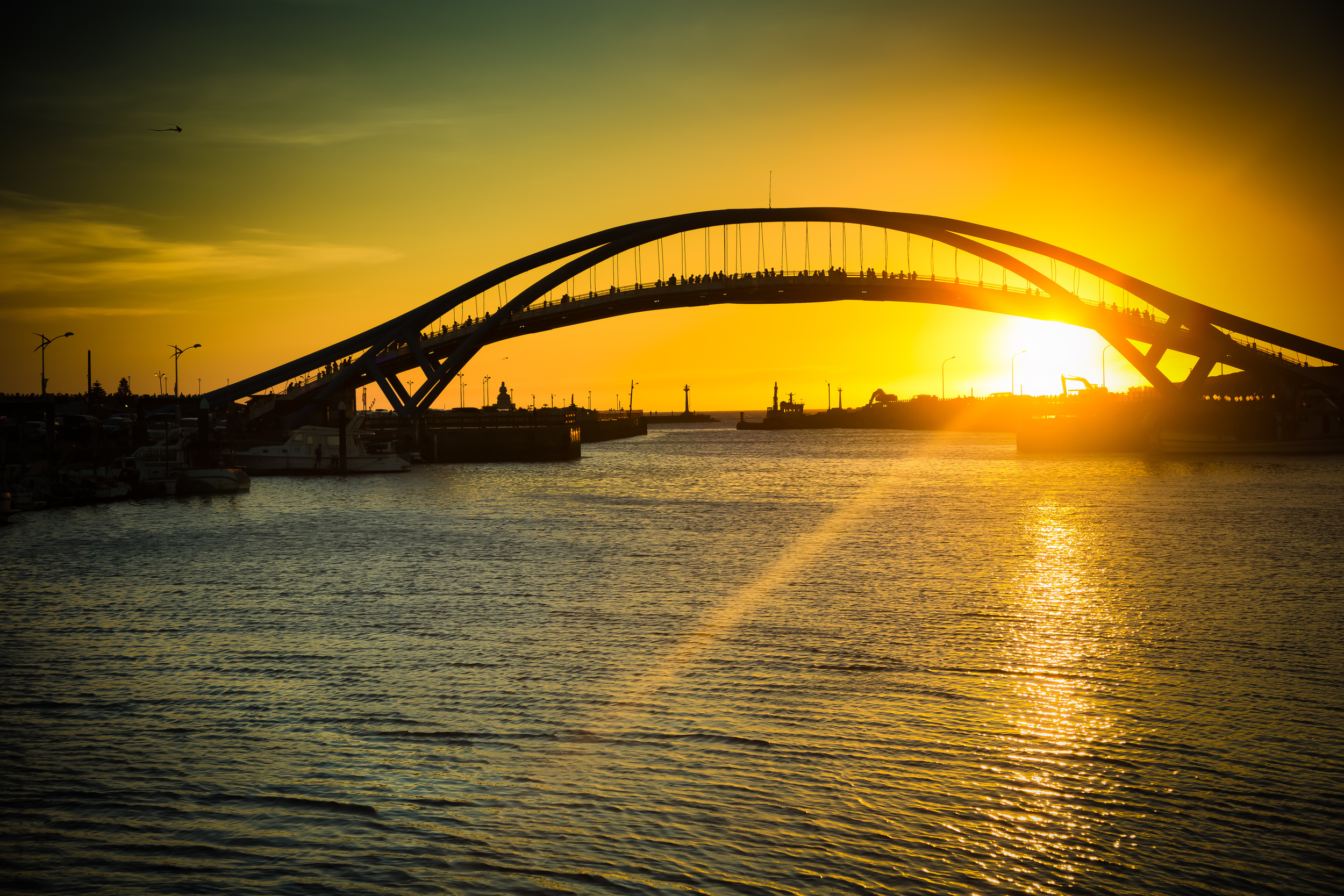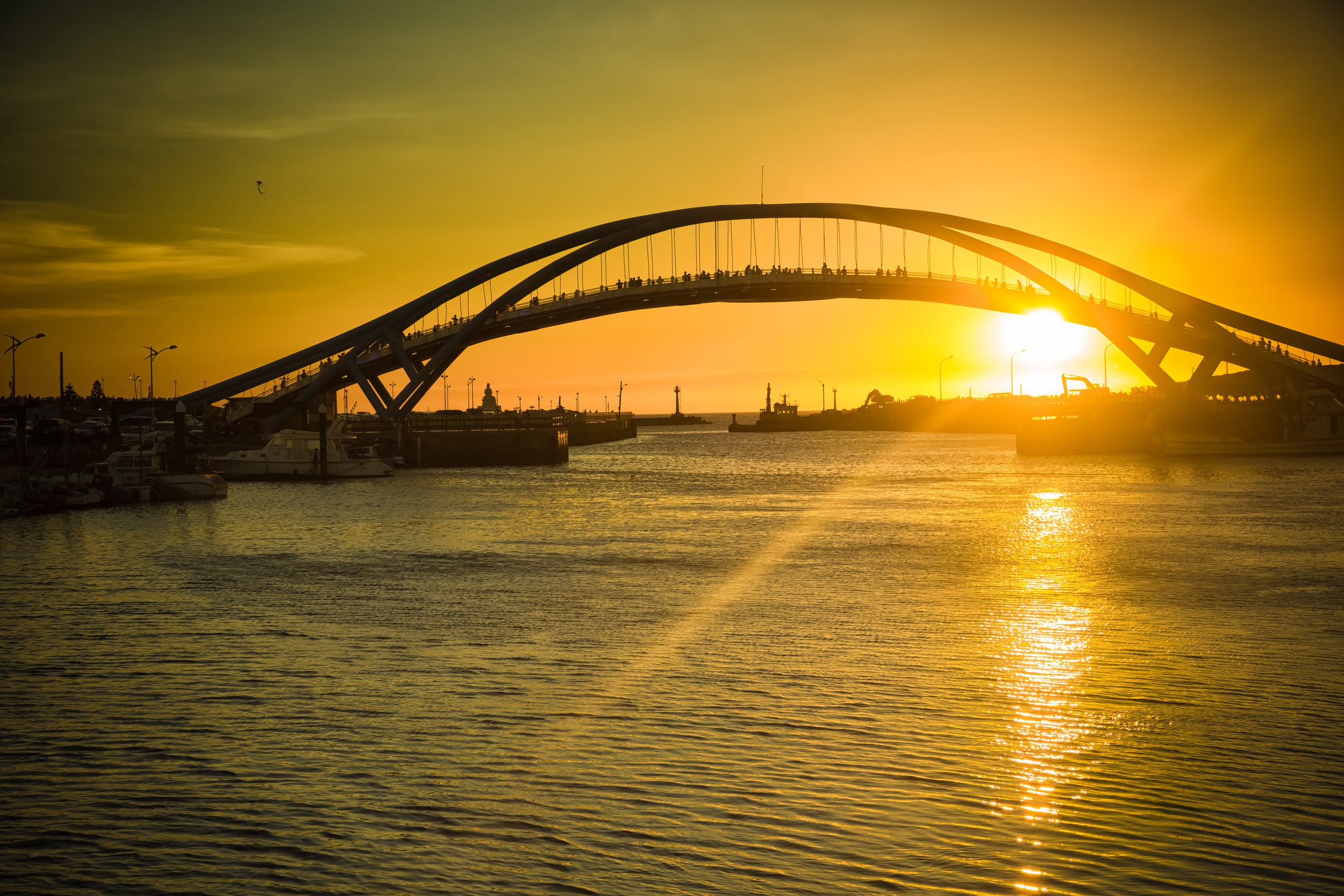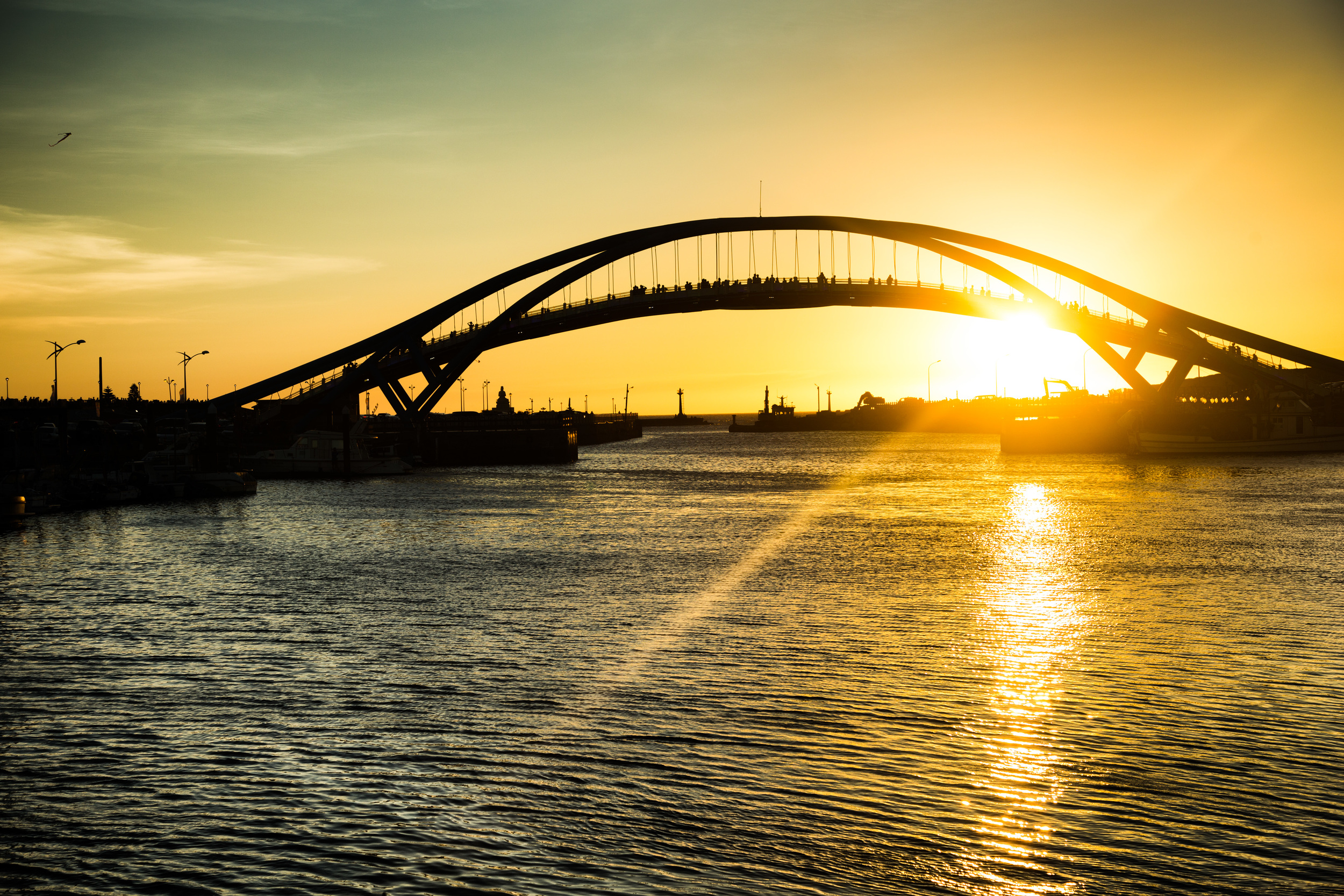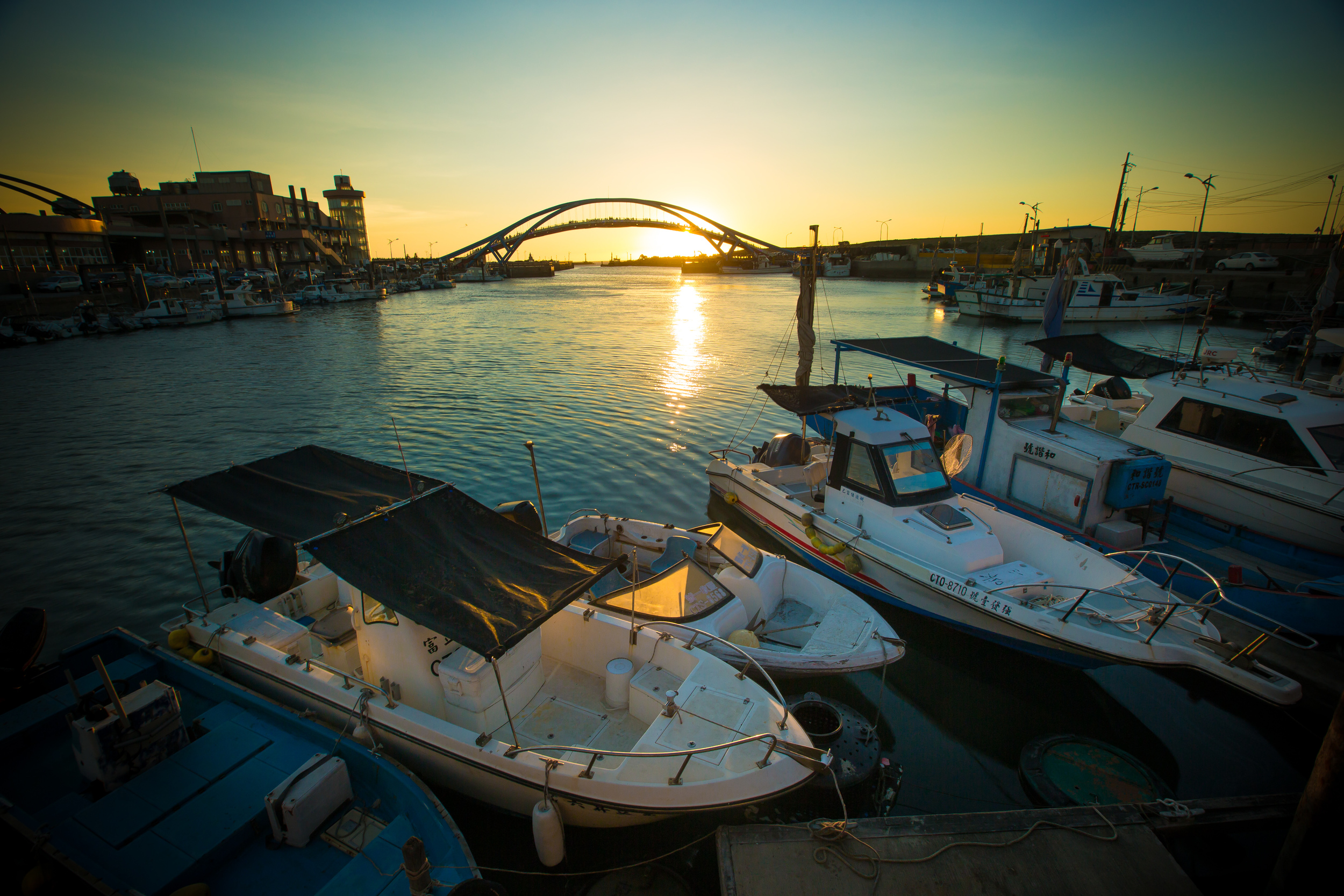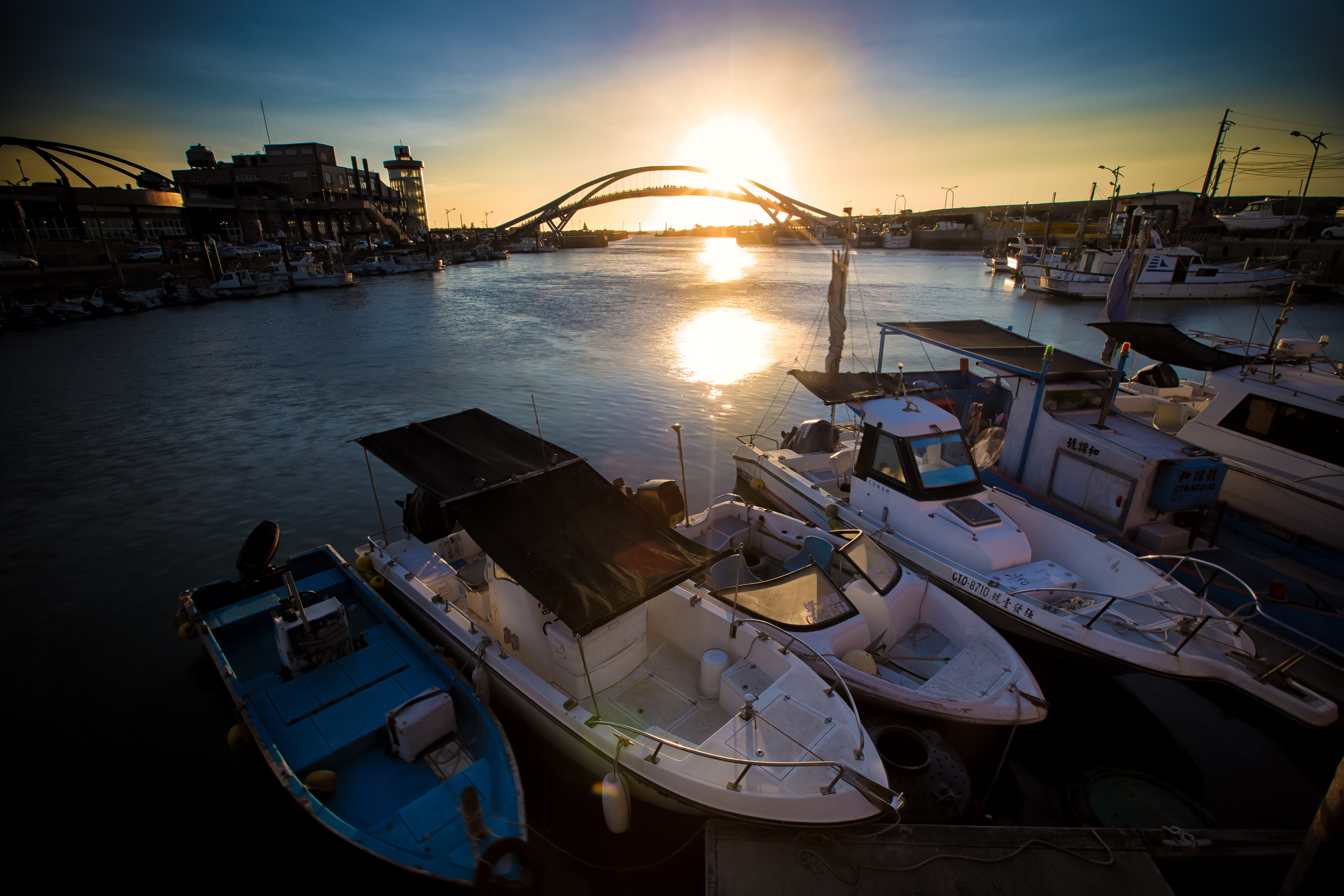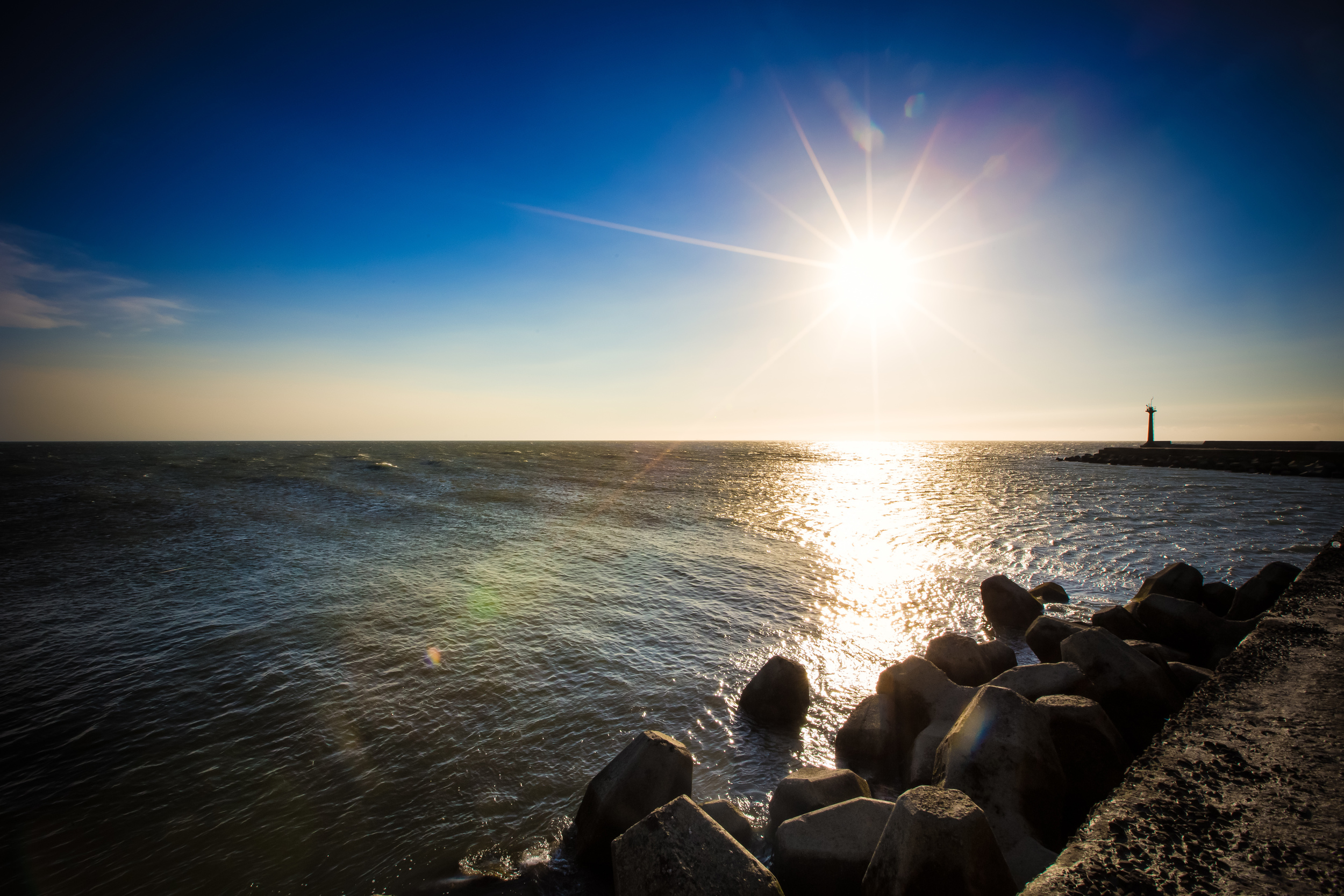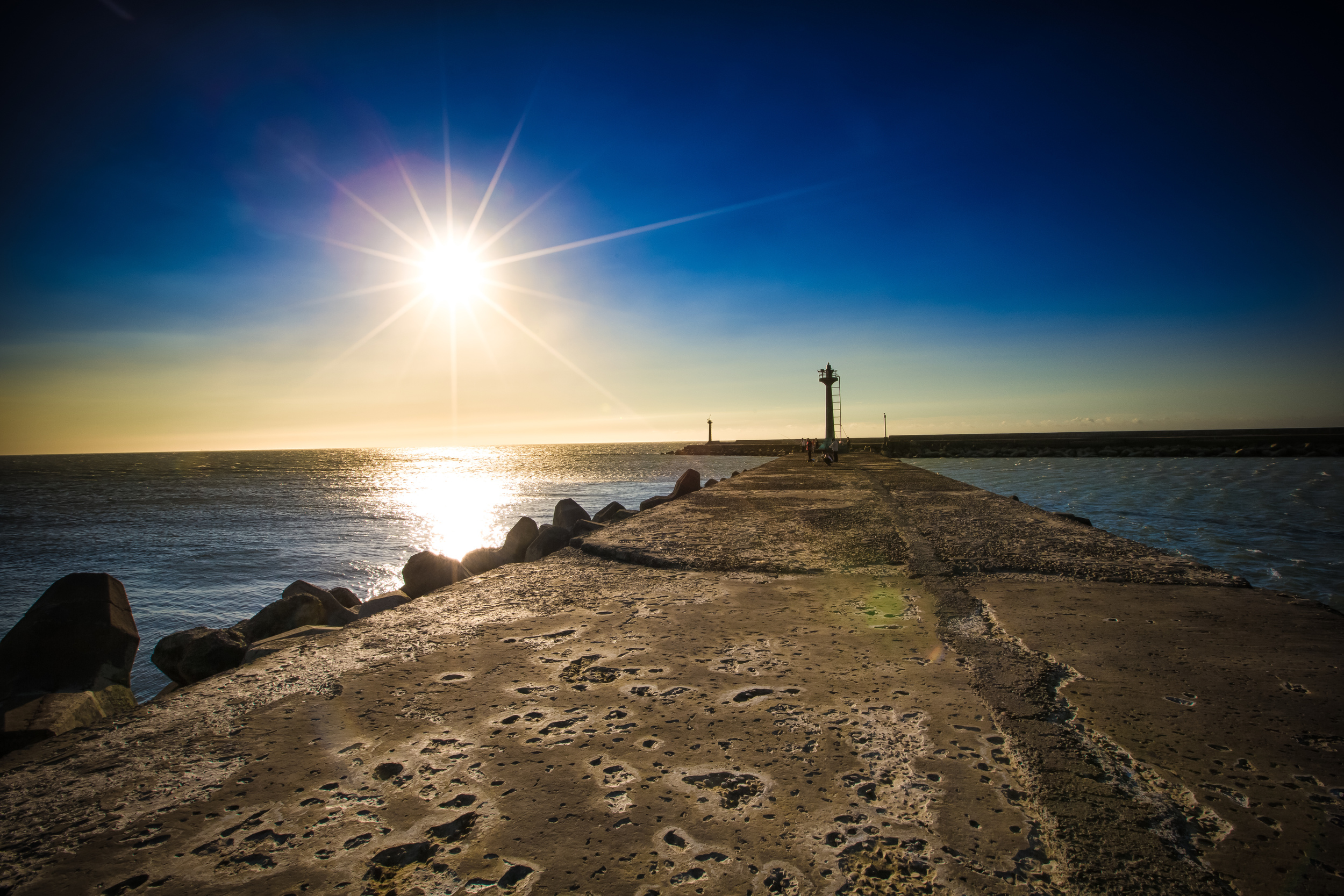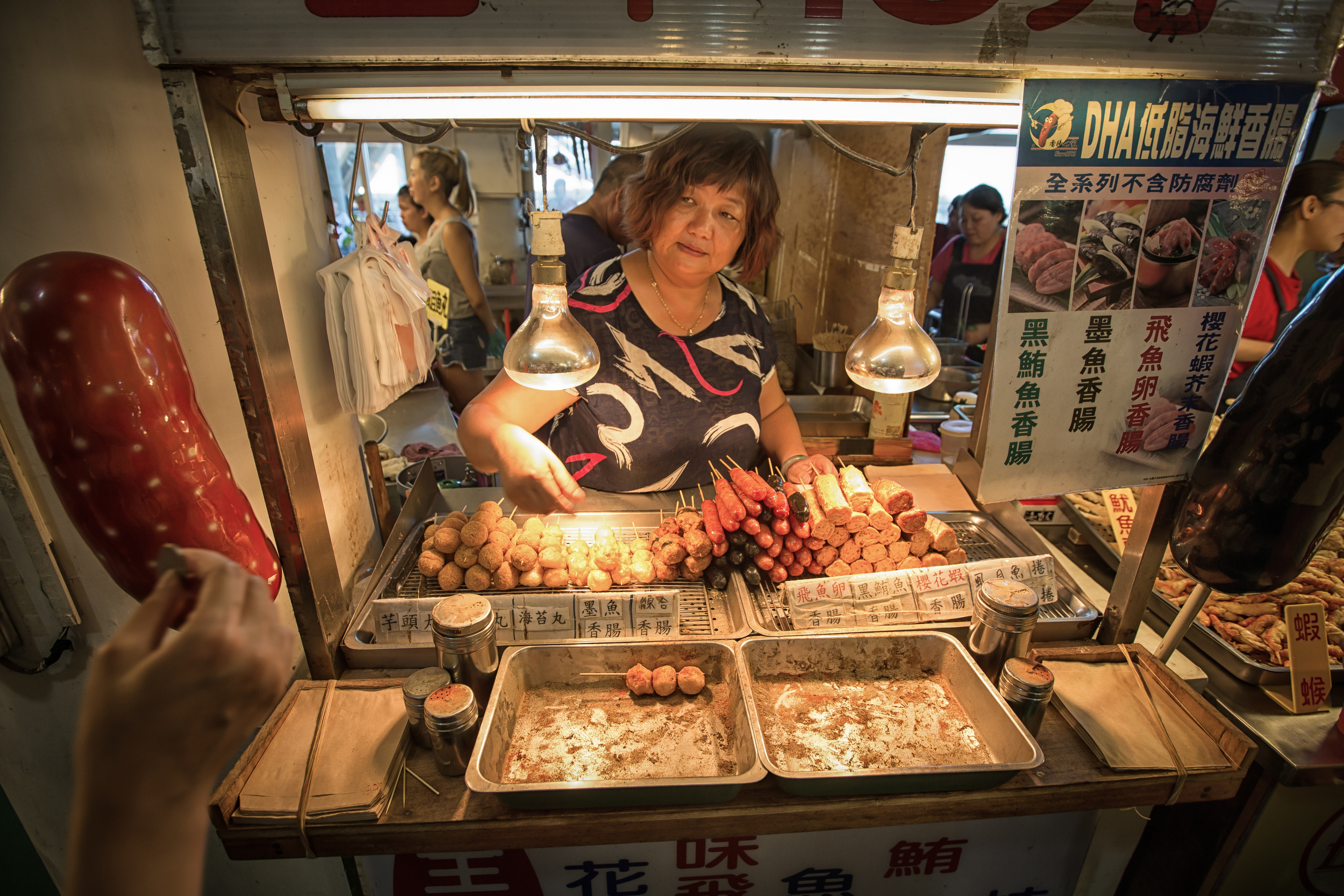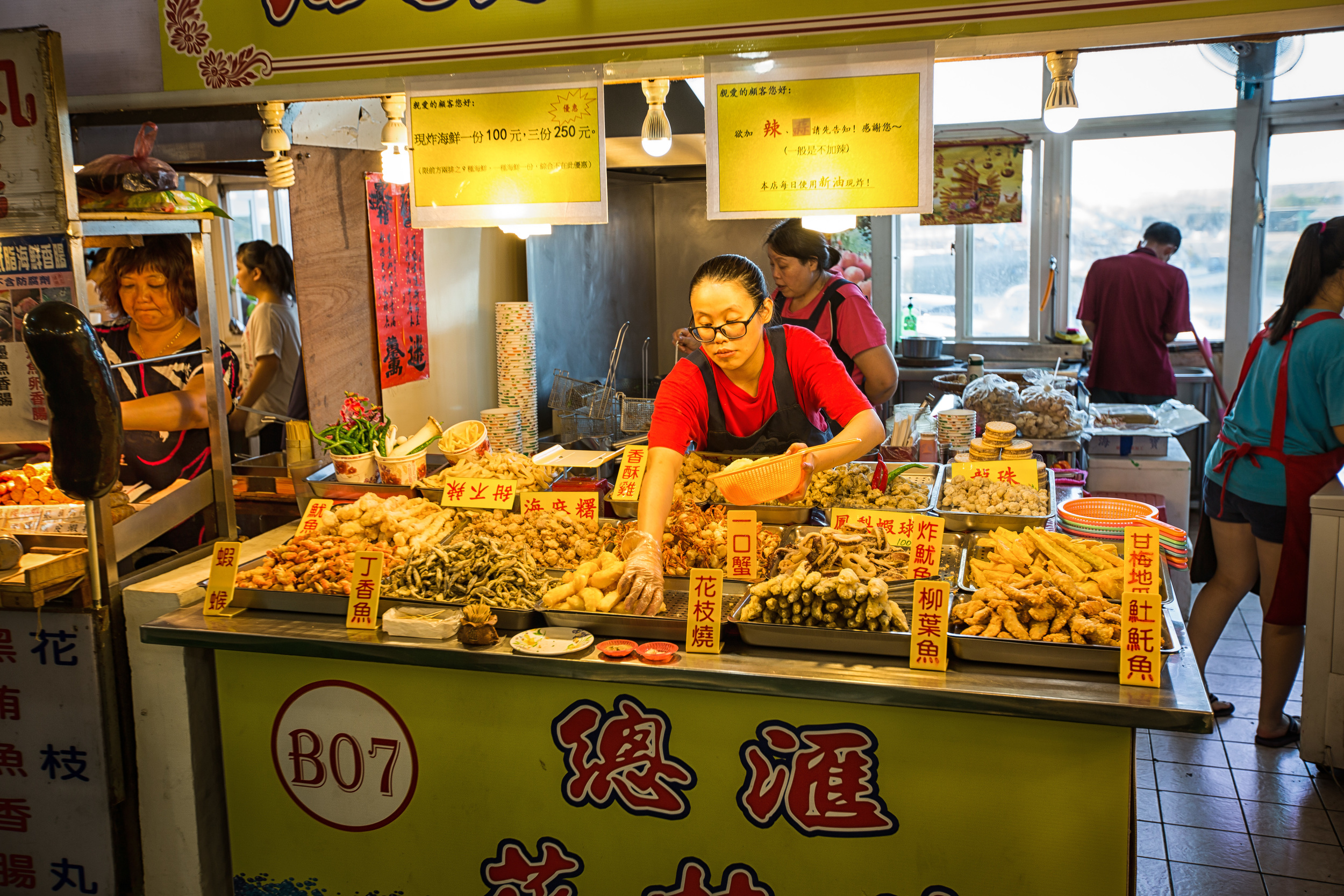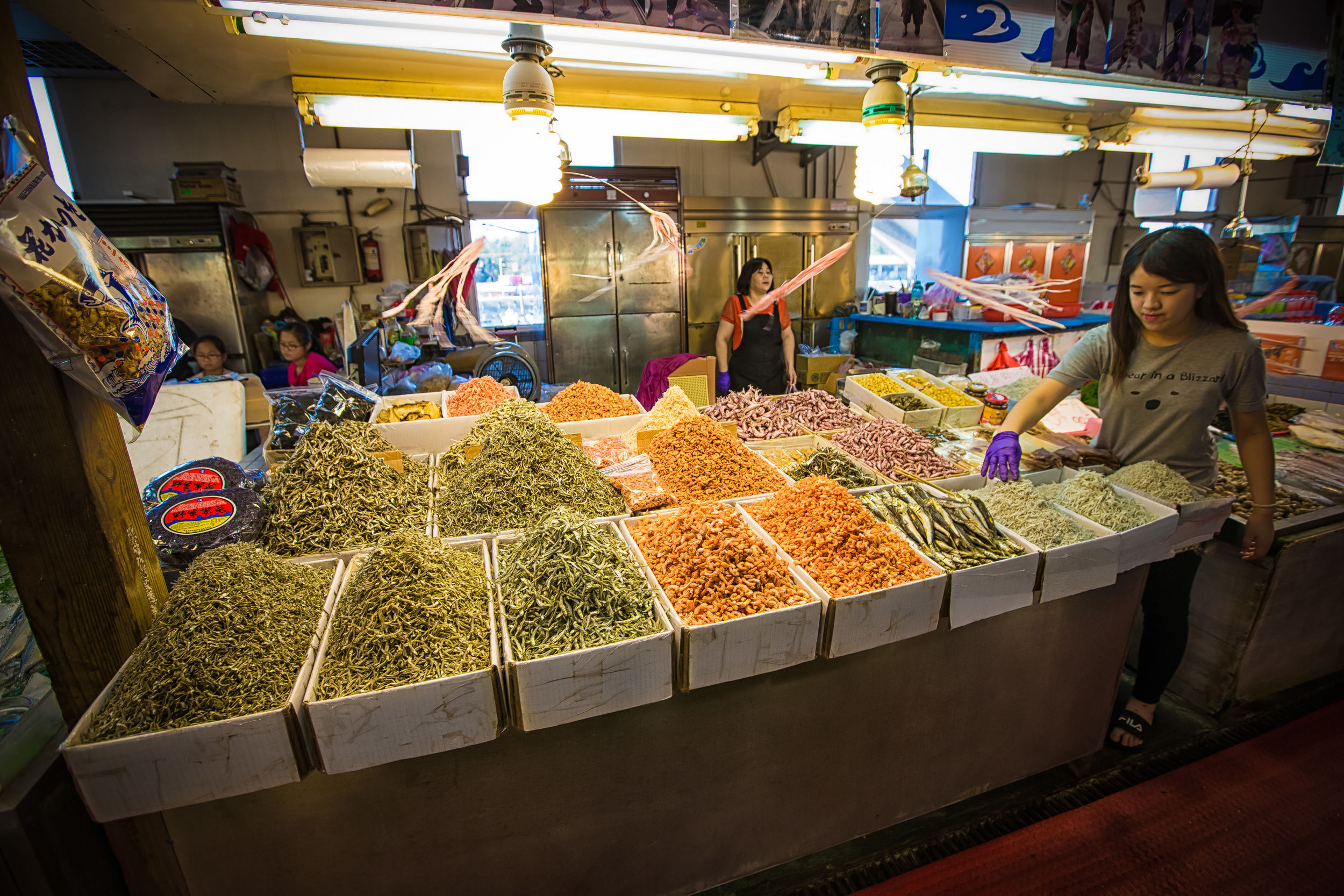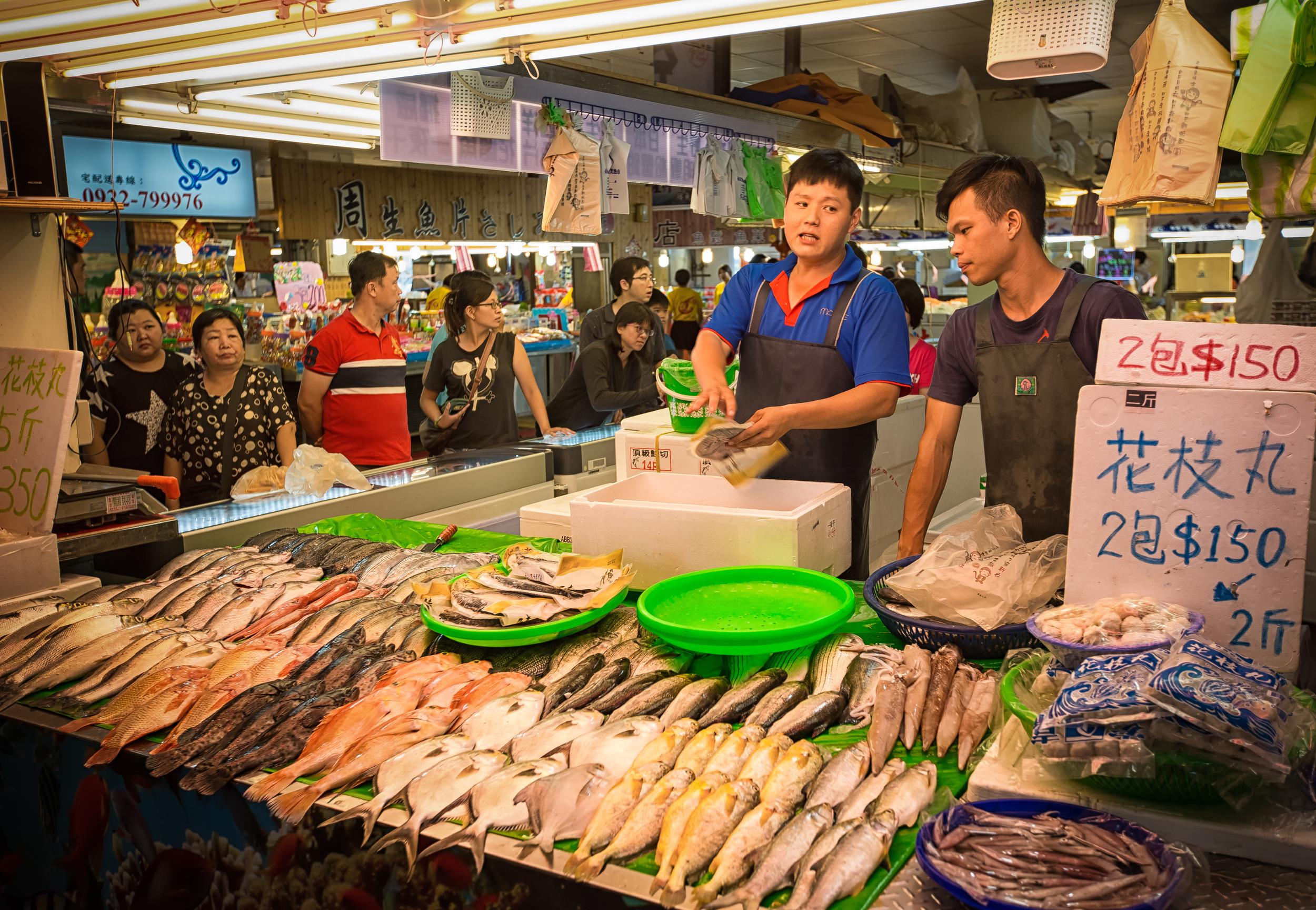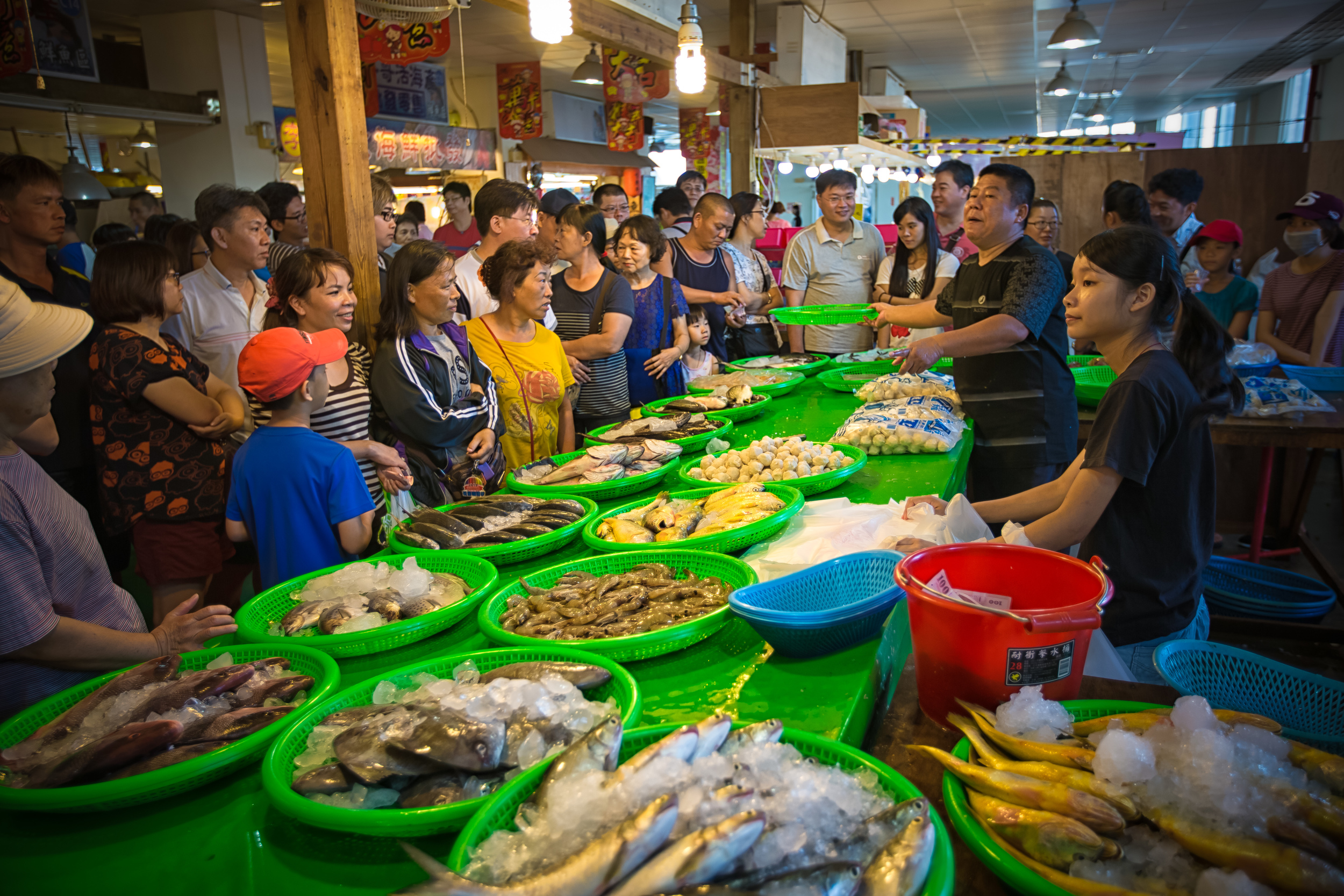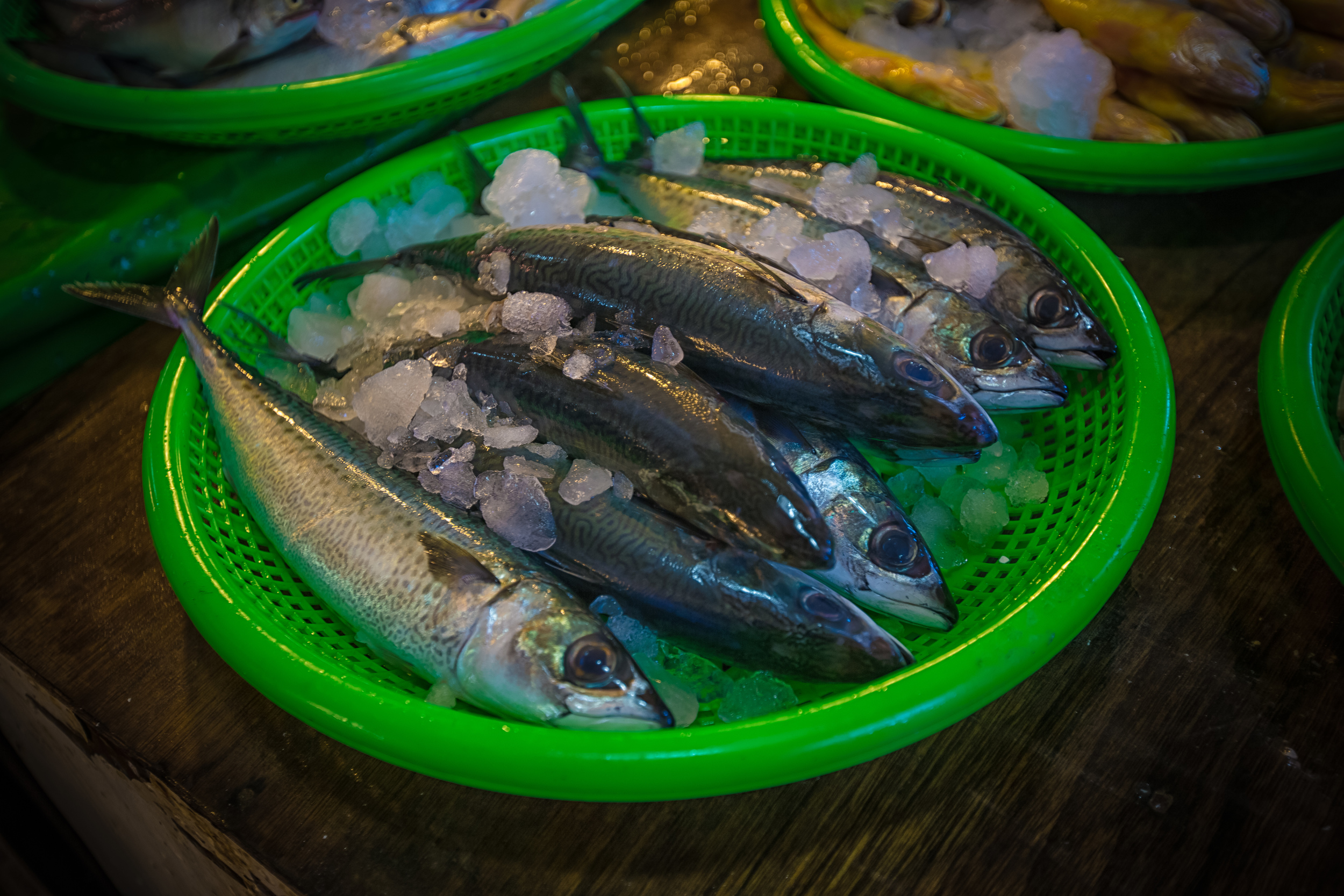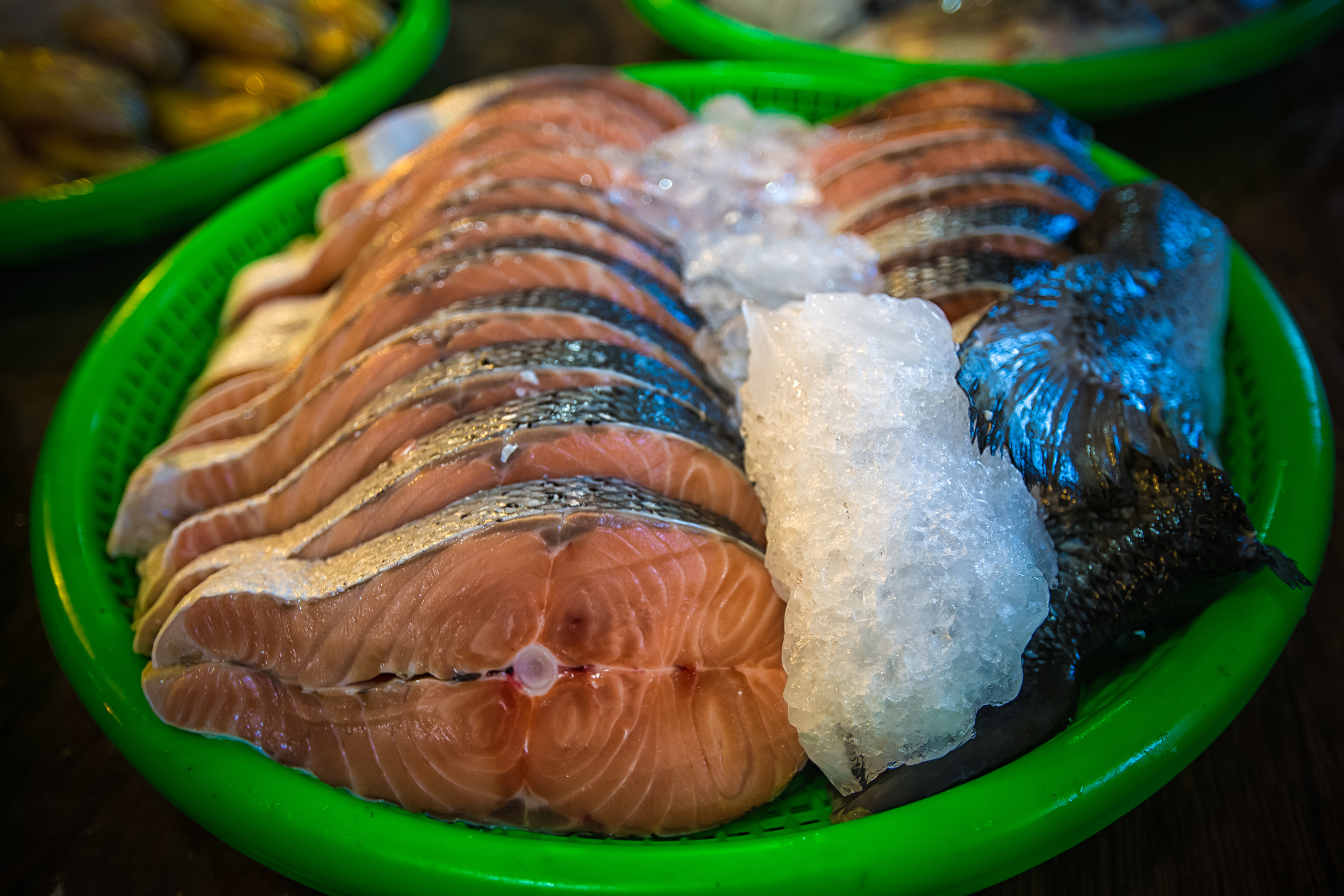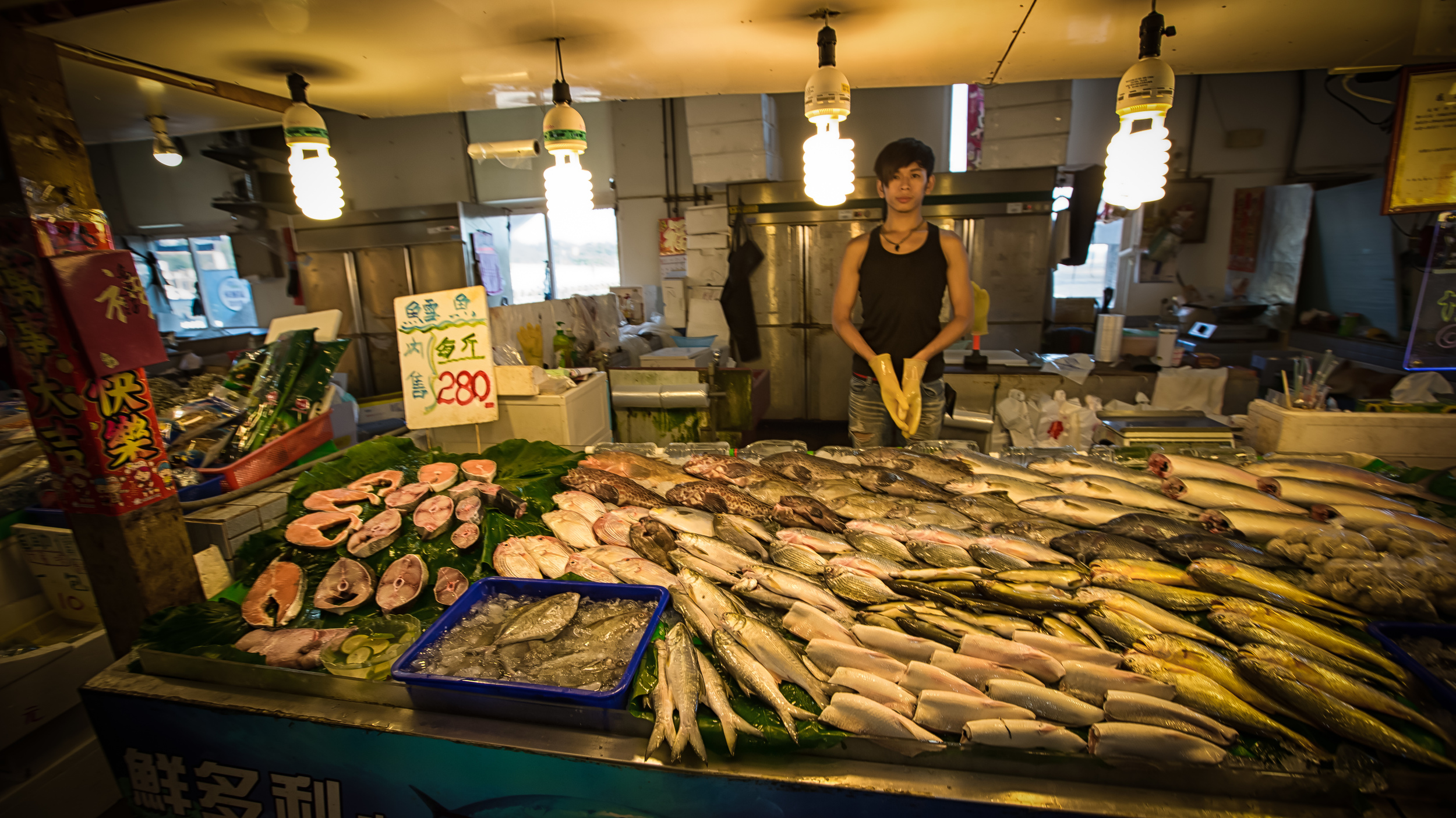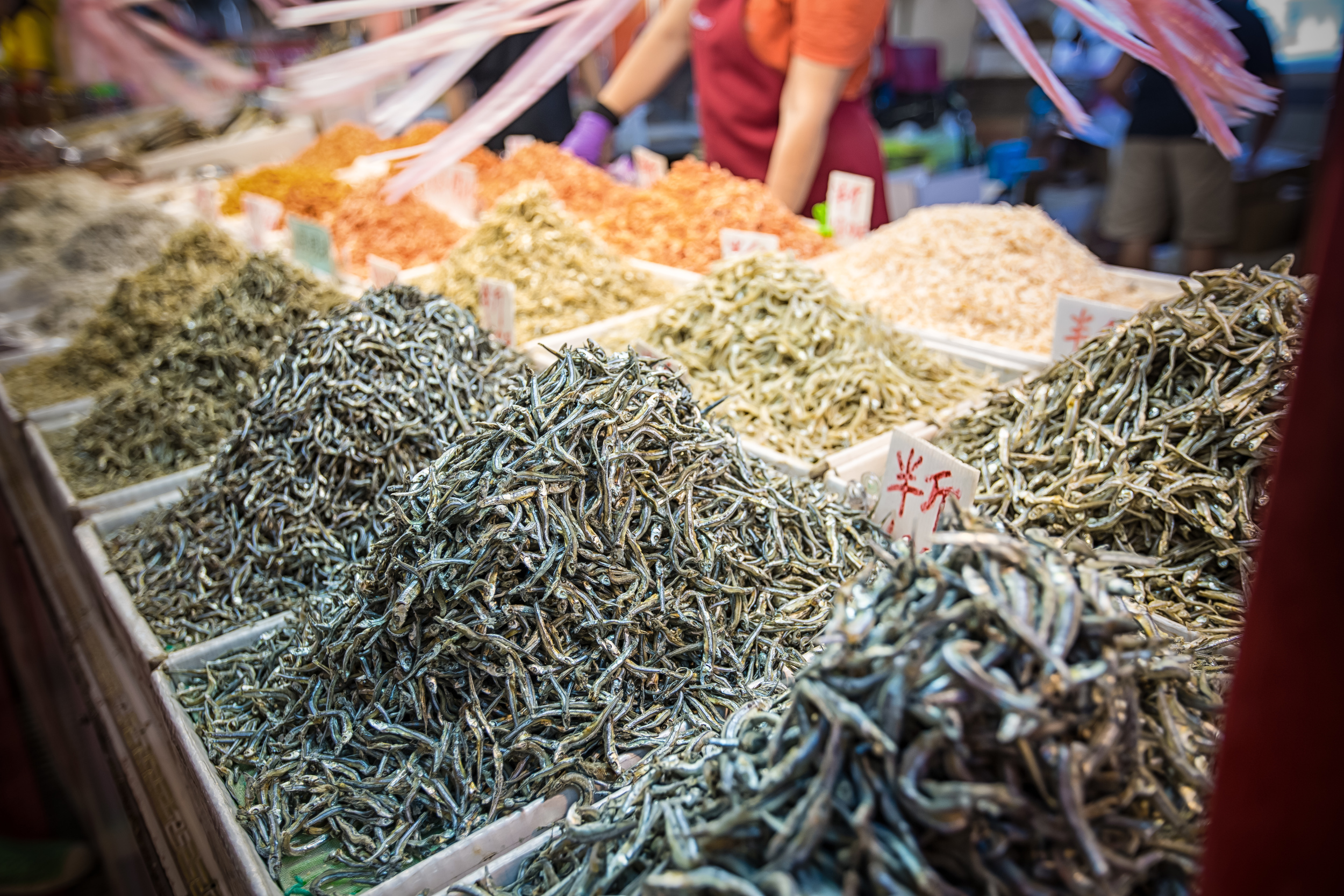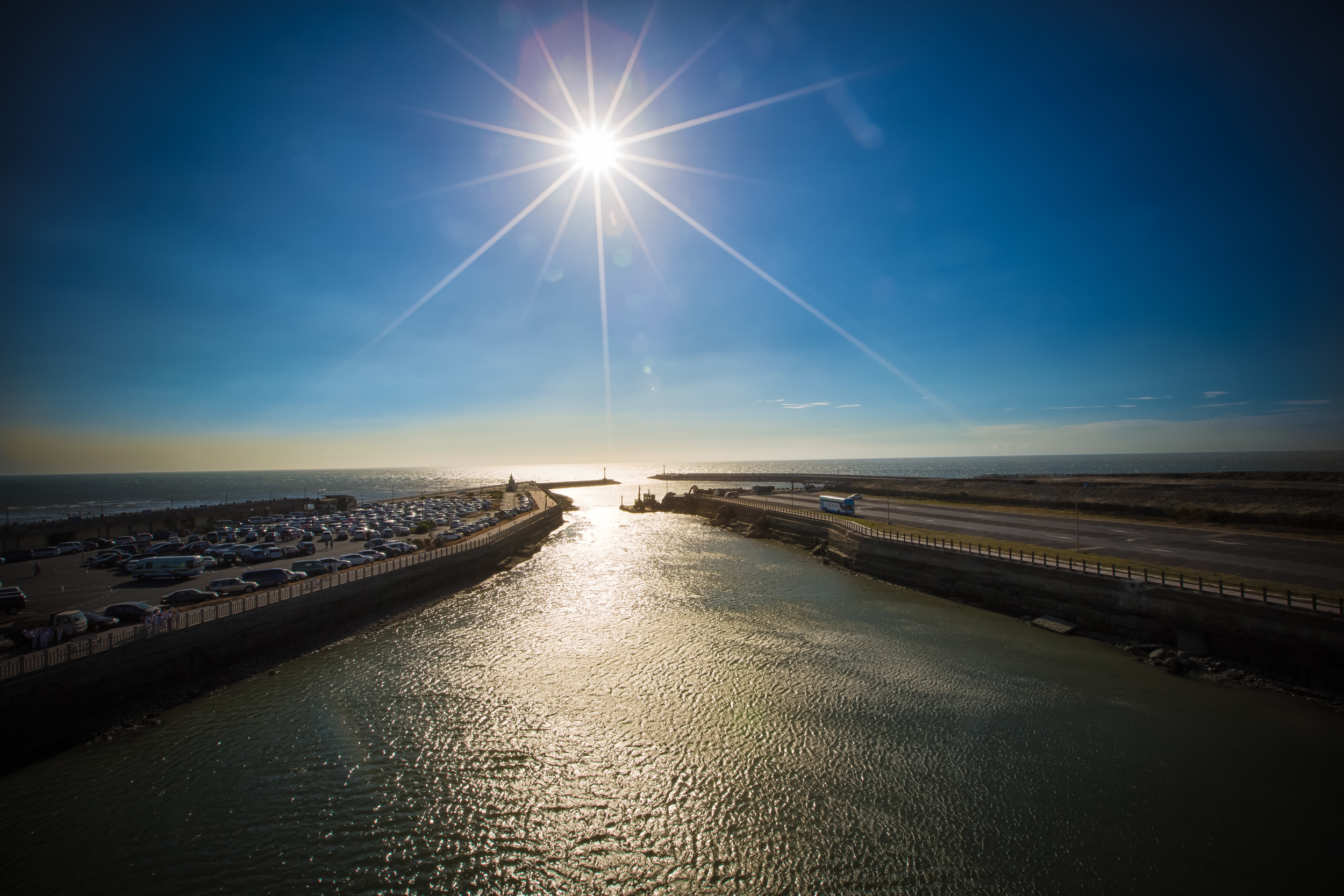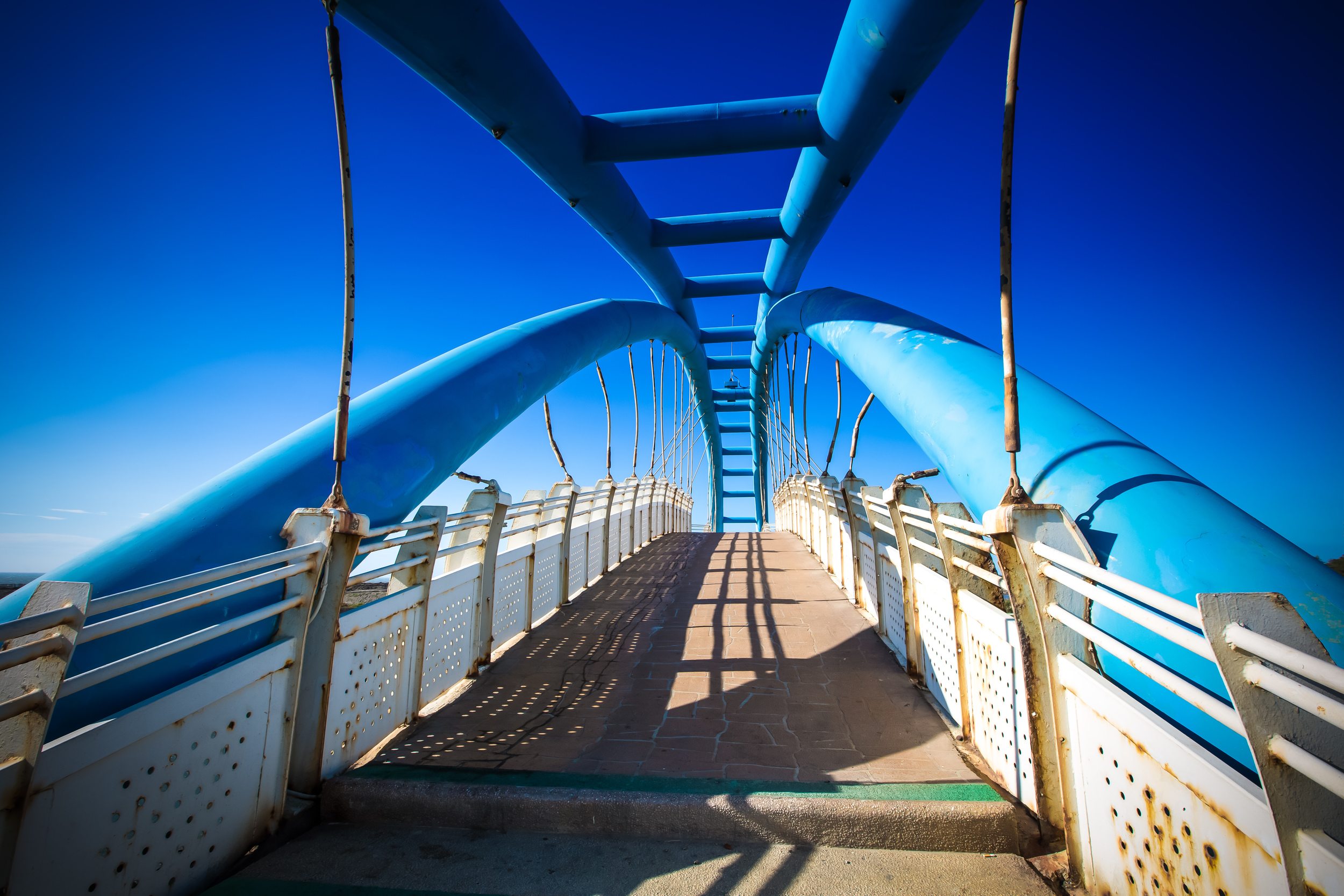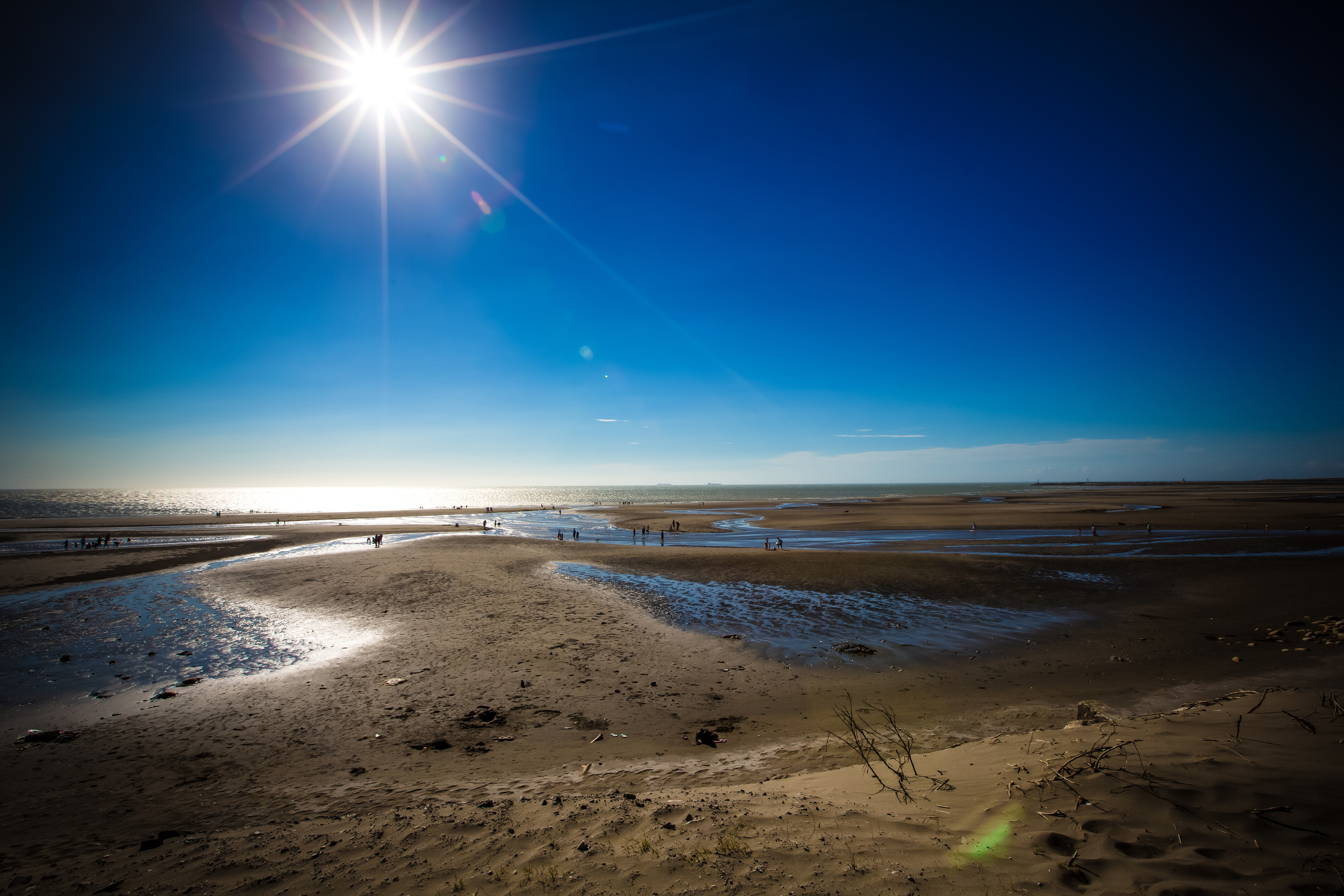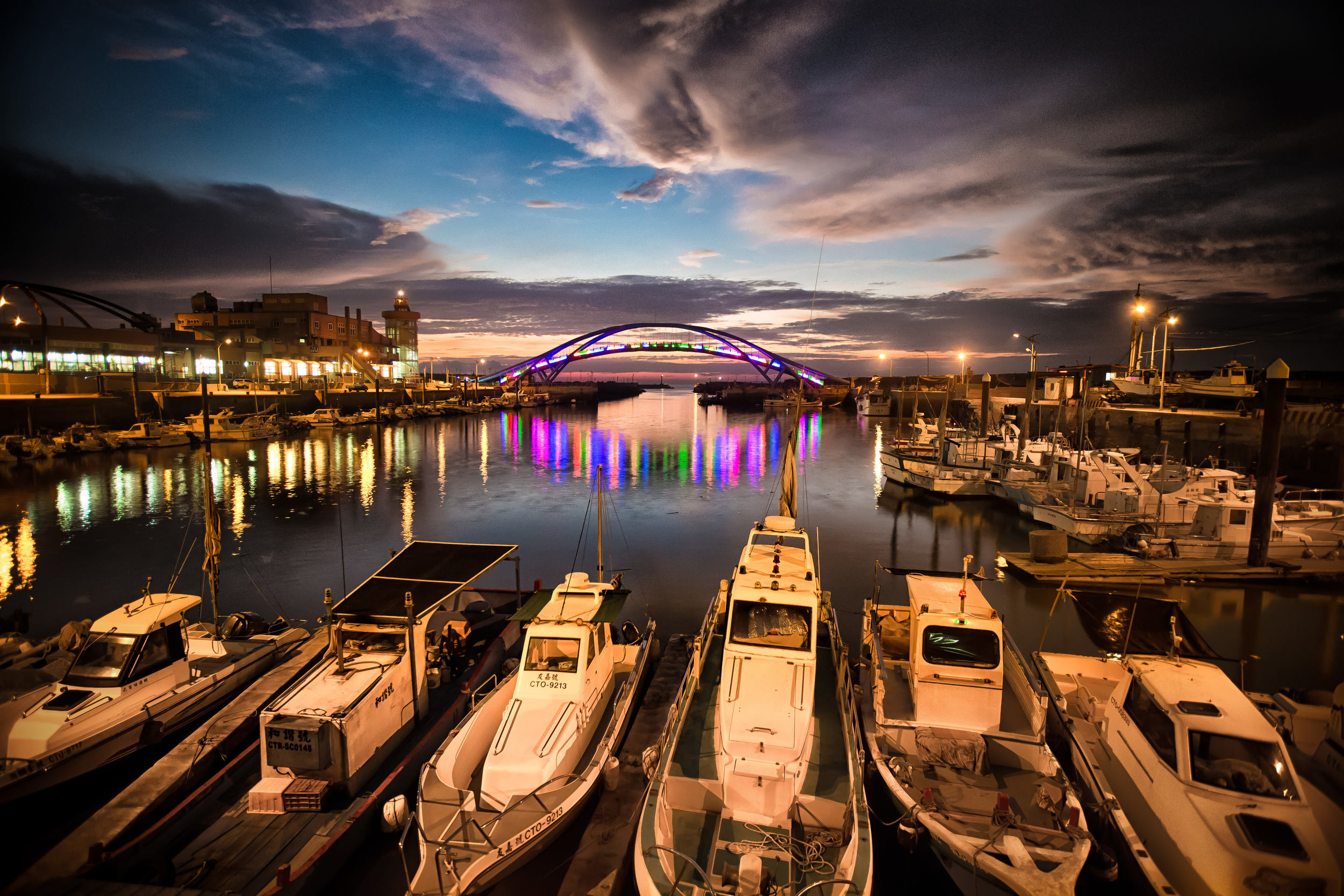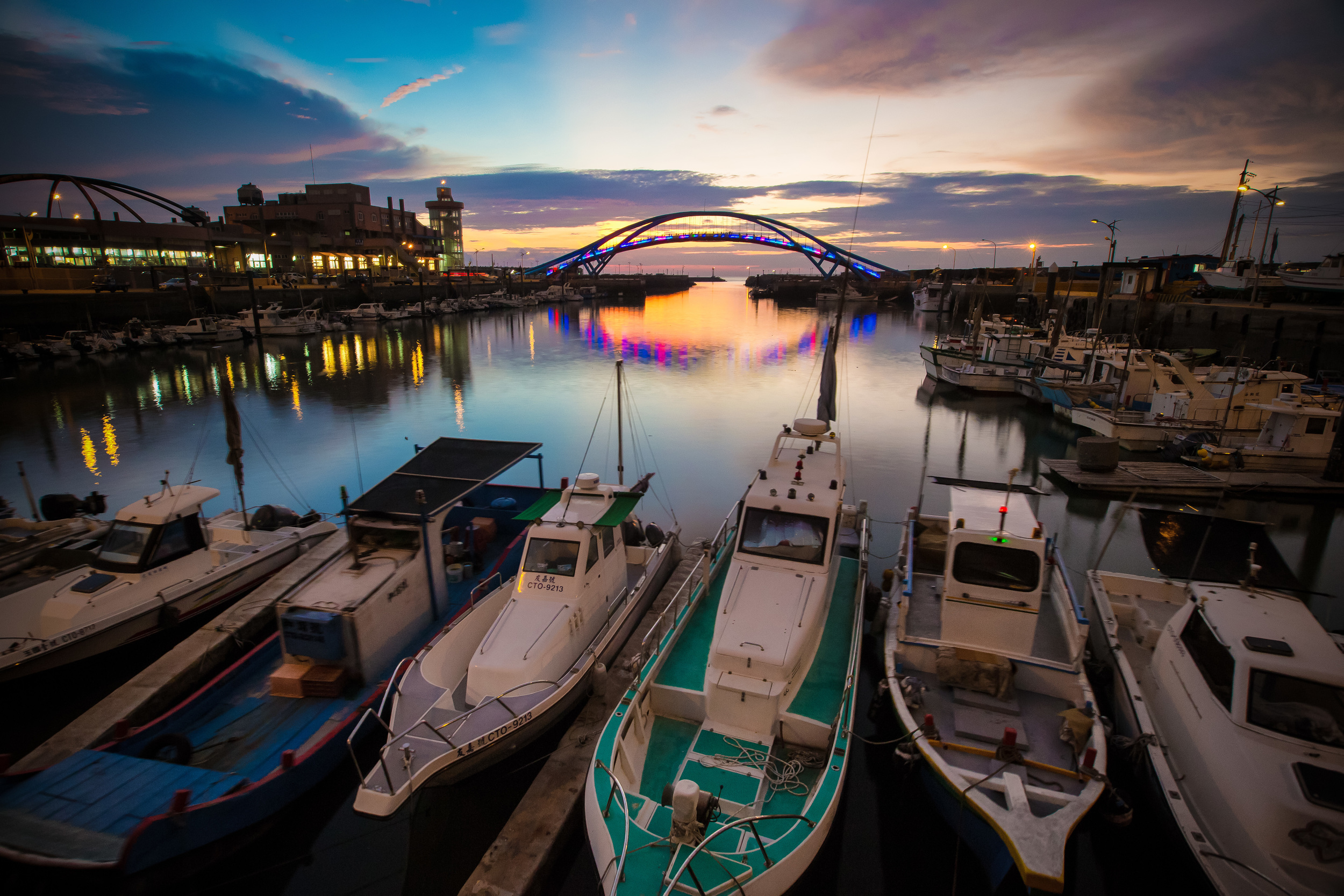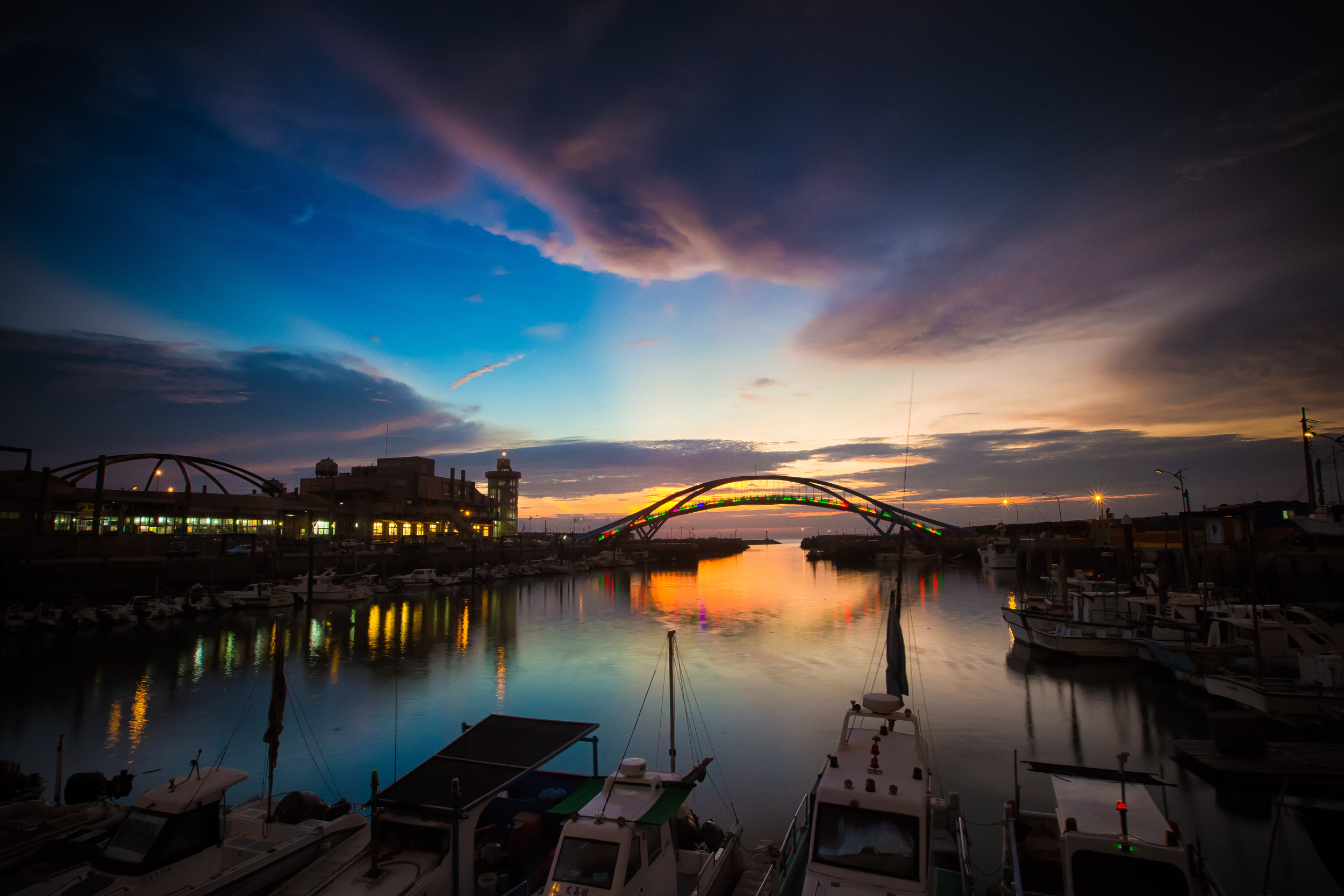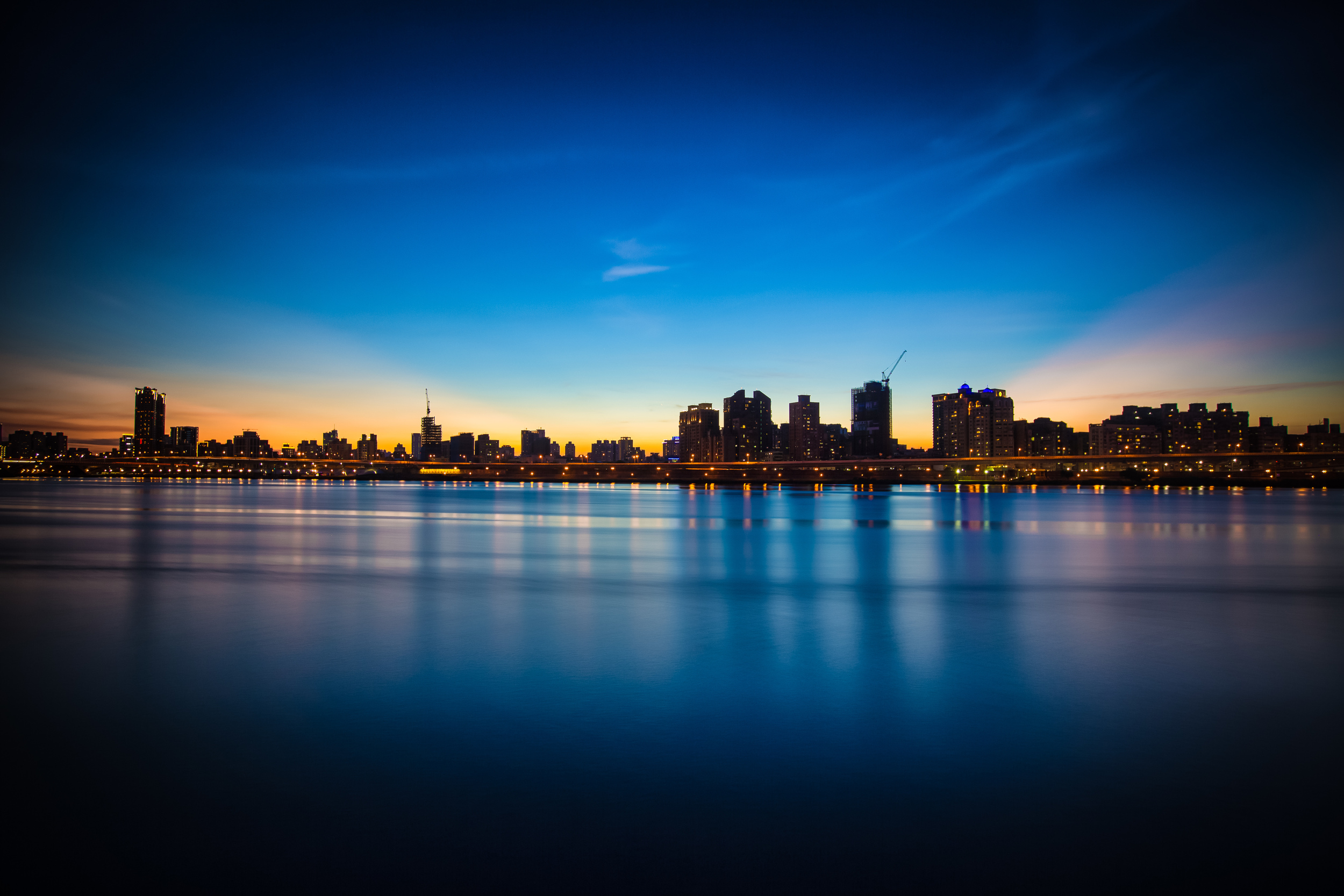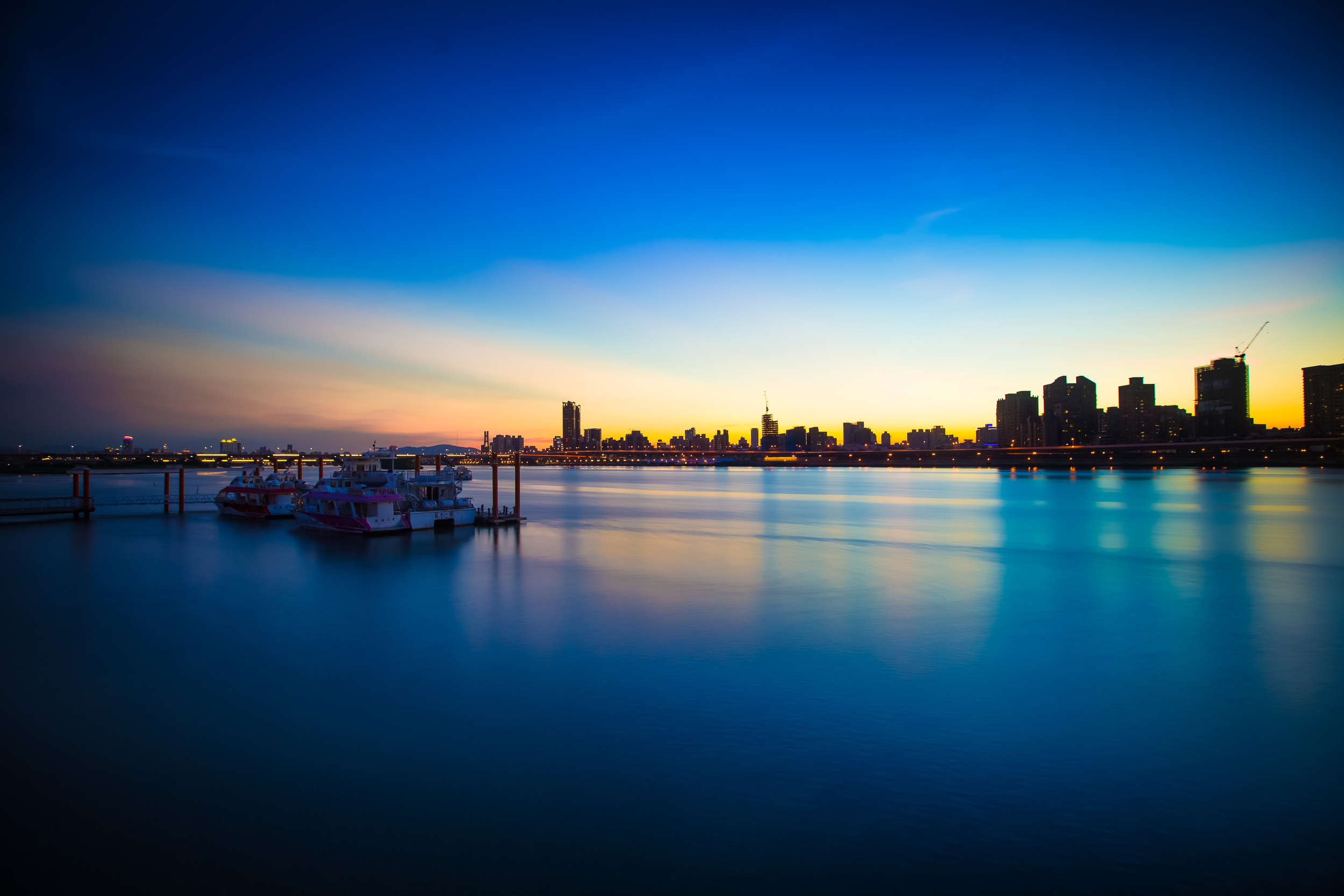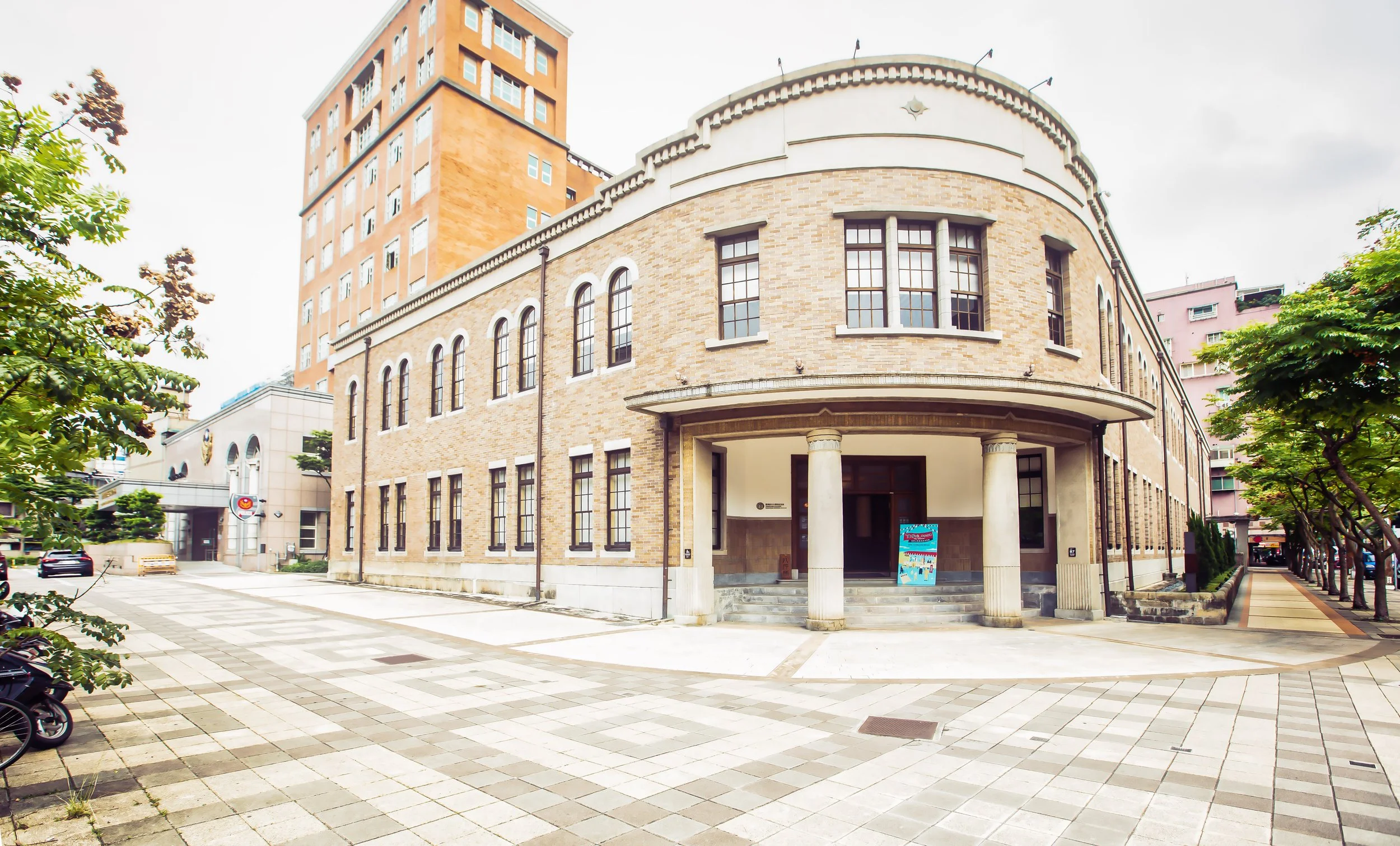We have had some absolutely terrible weather in northern Taiwan over the past few weeks. Consecutive super typhoons will do that to you I guess. It has rained almost every day for a few weeks and despite the fact that it has cleared up a little bit, there are still some more typhoons forming out in the Pacific ocean which will probably bring more rain to the nation for the next little while.
The sad thing about all this rain is that Autumn in Taiwan is generally my favourite time to go out and get a lot of hiking done as the weather is usually quite comfortable. Although I am quite content with the fact that I got a good tan on the hikes I did do over the summer.
With the forecast looking really promising for the weekend, some friends and I decided we would take the opportunity to go hike Wuliaojian (五寮尖) which is probably one of my favourite hikes to go on and one that I've blogged about in the past.
I didn't plan on bringing my camera with me, but I often feel a bit naked without one, so I brought one with me and I'm glad I did. The weather turned out to be spectacular (albeit a bit hot) and we all got an amazing workout.
This time when we hiked up the mountain we decided to do a return trip which meant that we would hike the main trail and then return the same way rather than taking the much easier and faster exit.
This made the hike a lot longer than normal, but was great exercise and meant that we got to enjoy the beautiful scenery along the hike twice in one day!
I did find out however that going down is a lot harder on the legs than going up which really surprised me.
The point of today's post is to just share a few photos. If you want to know more about the hike click here to read the blog I wrote about it which gives directions and more information about it.





